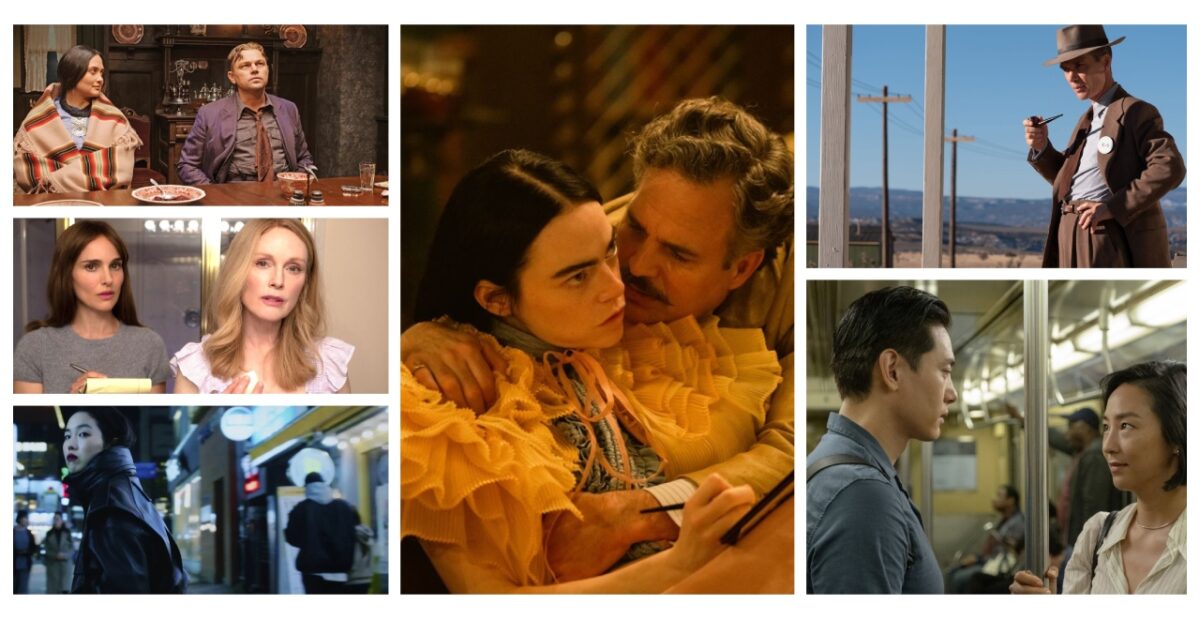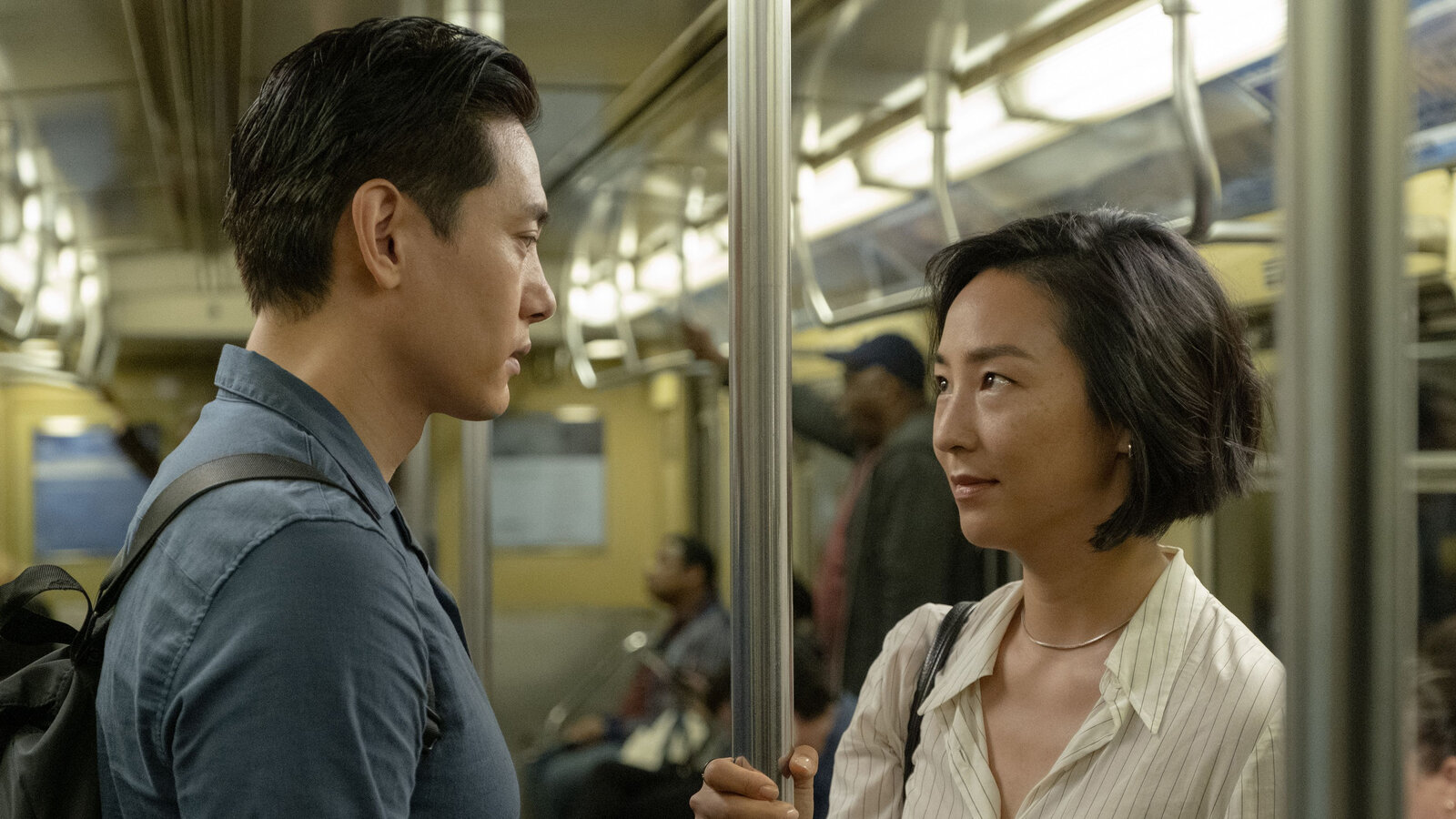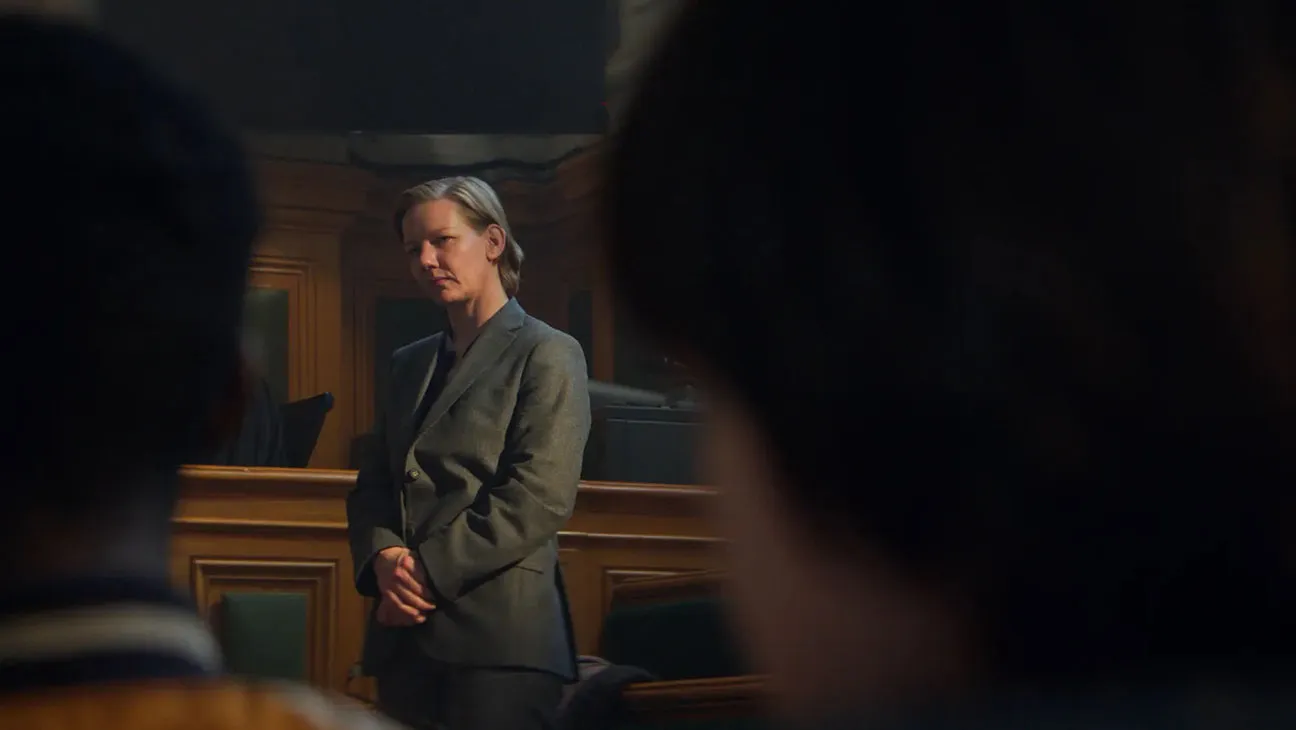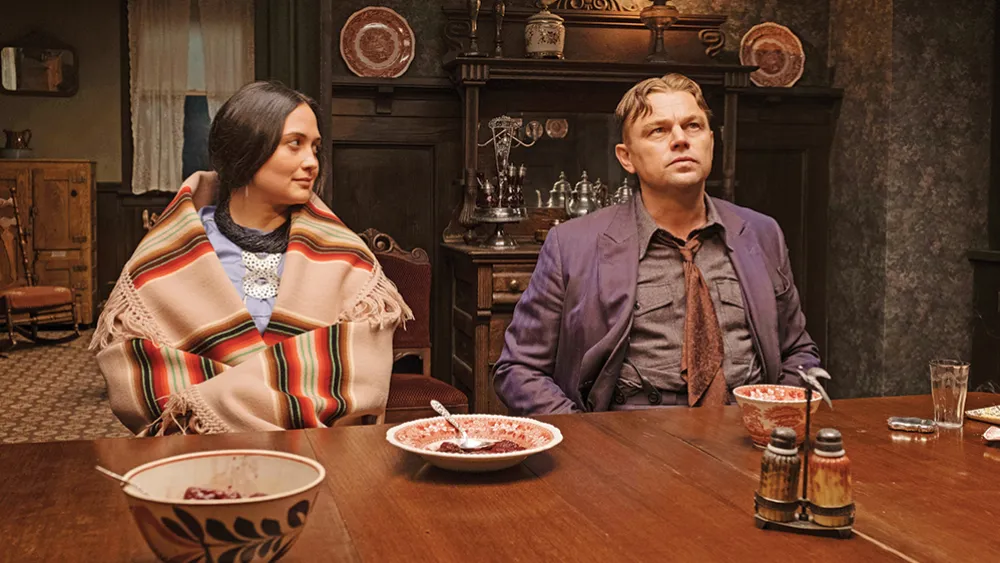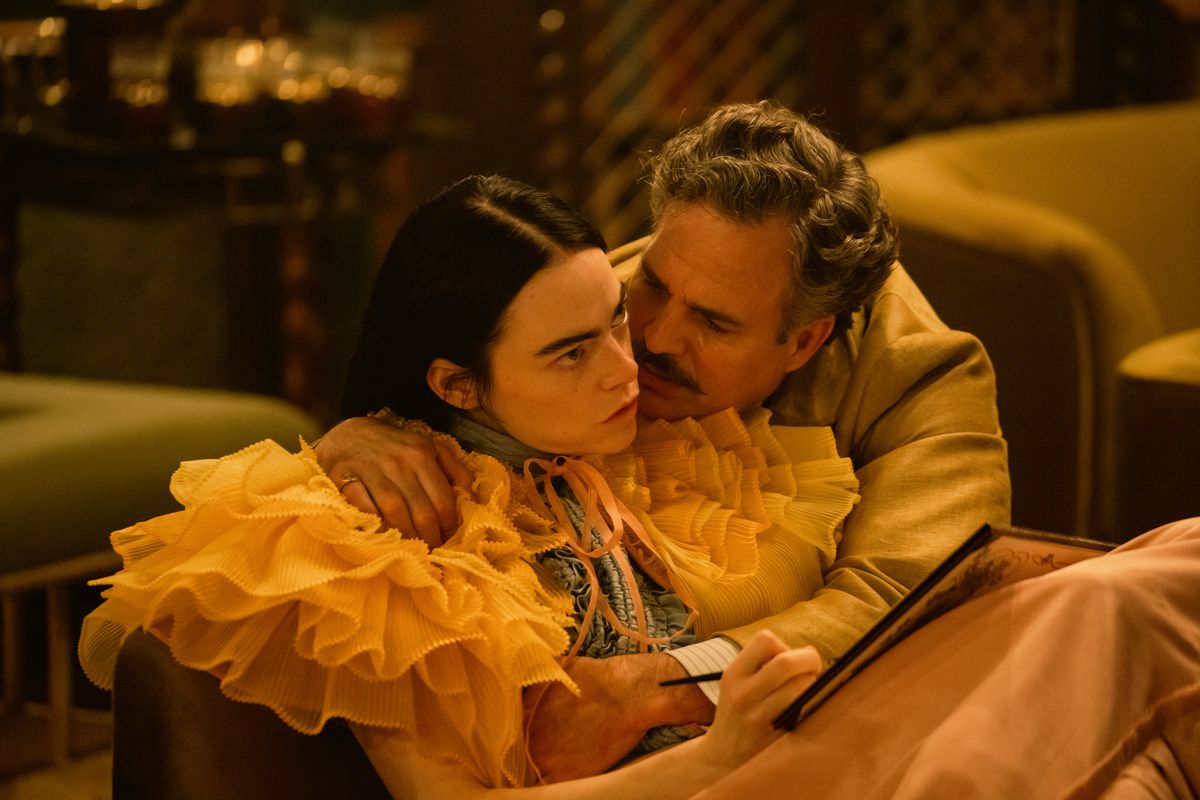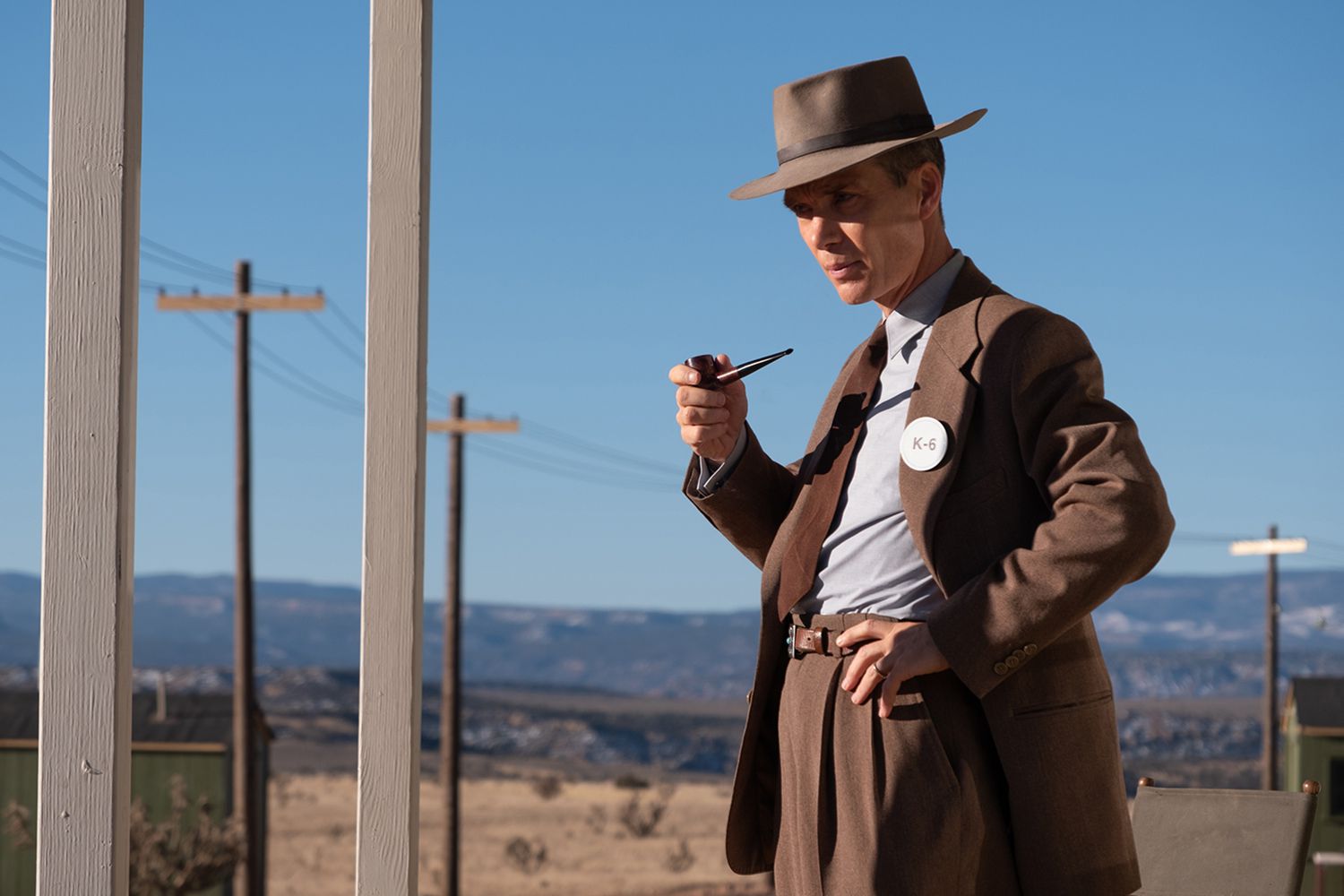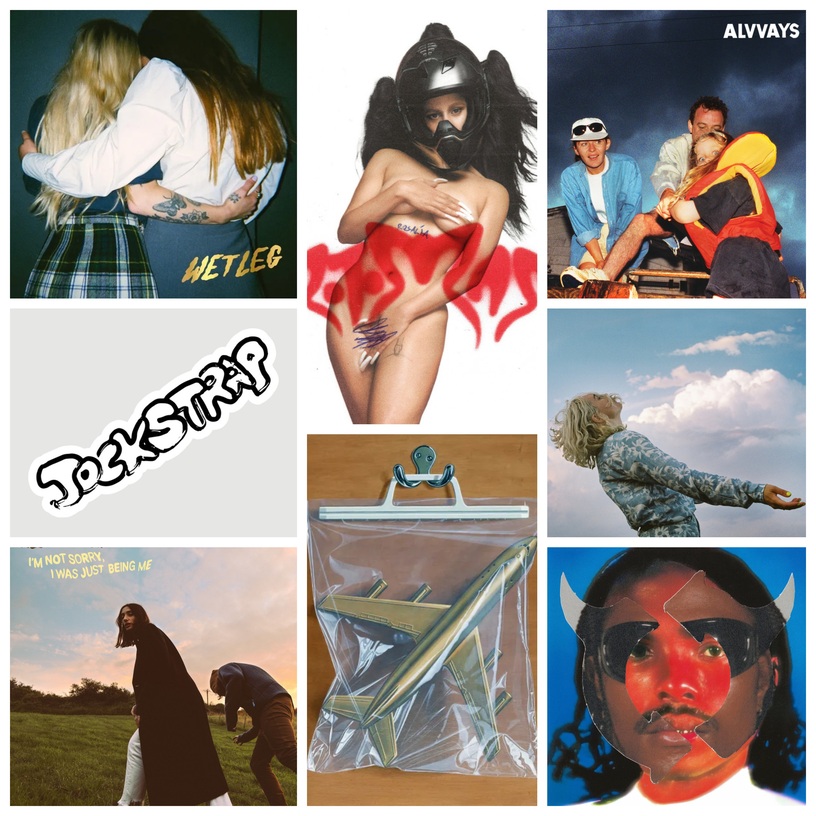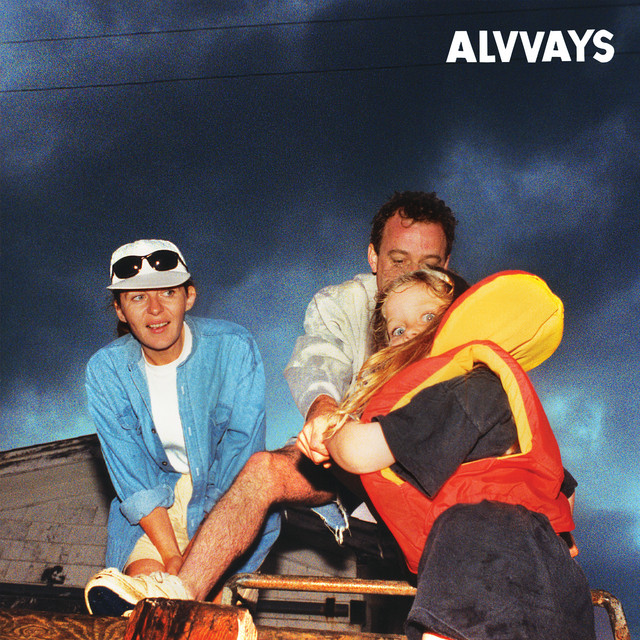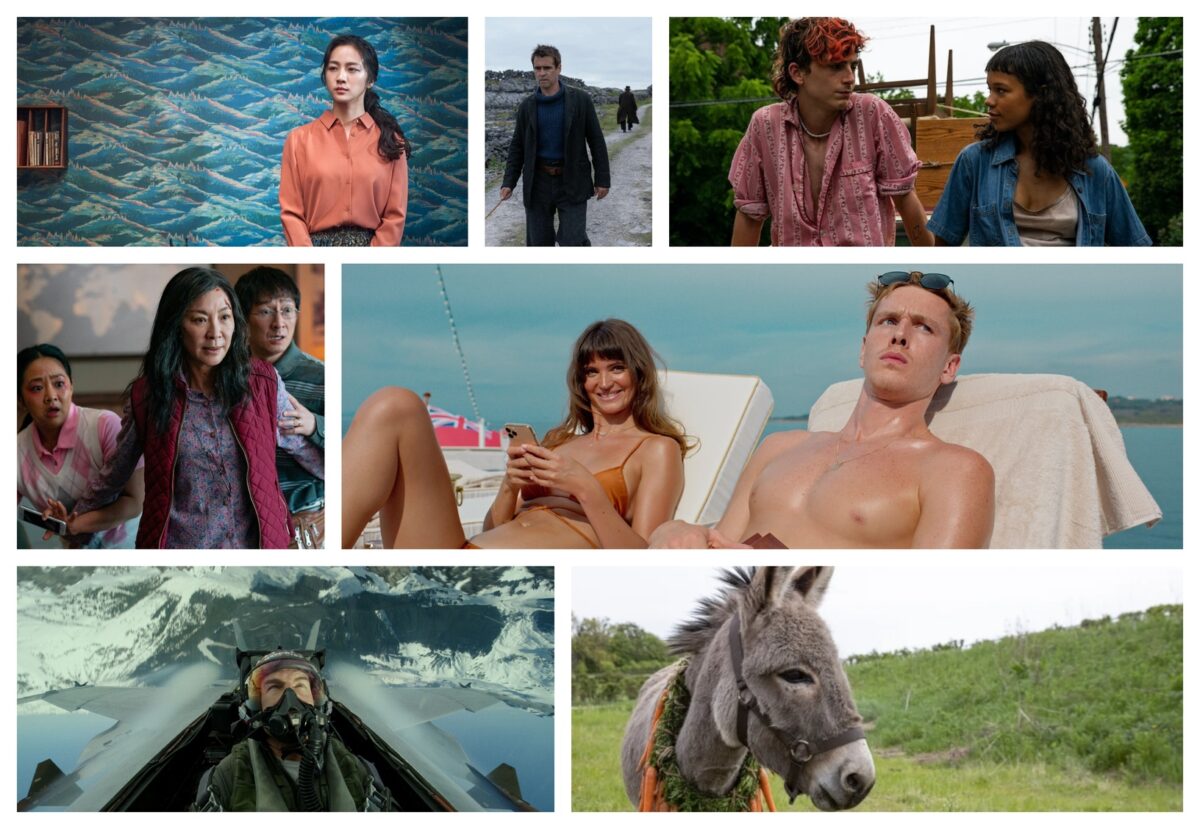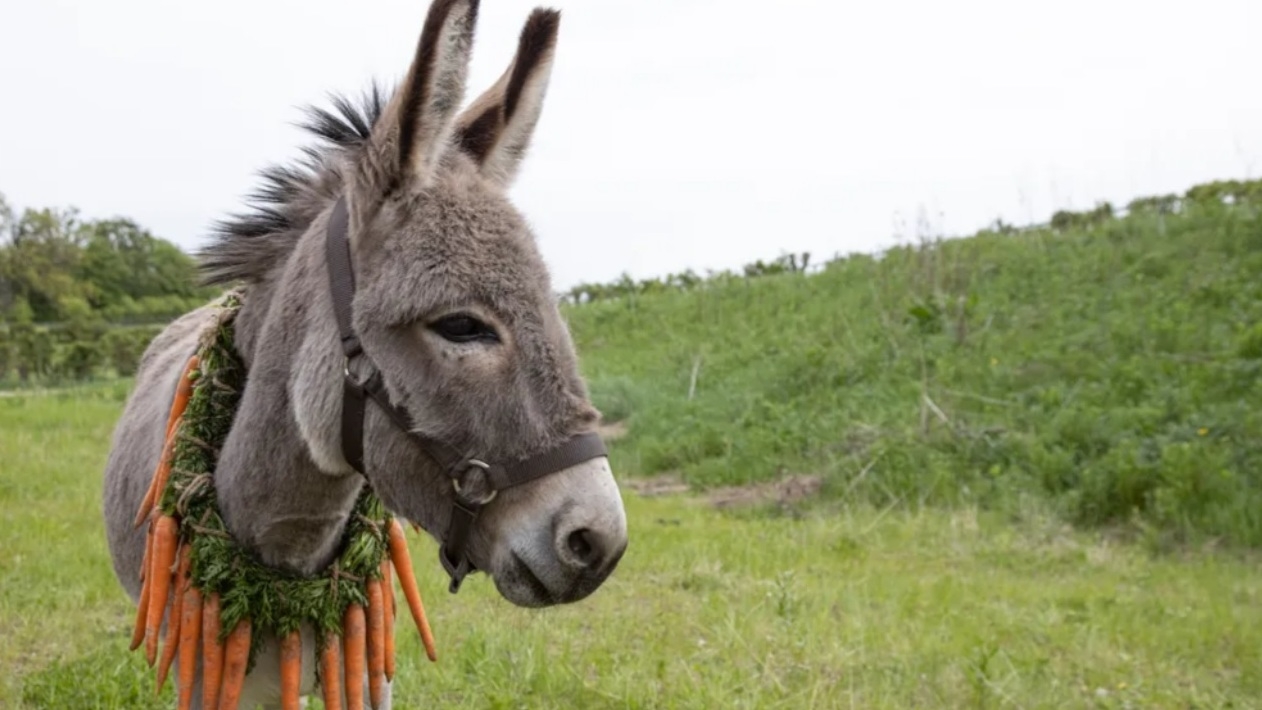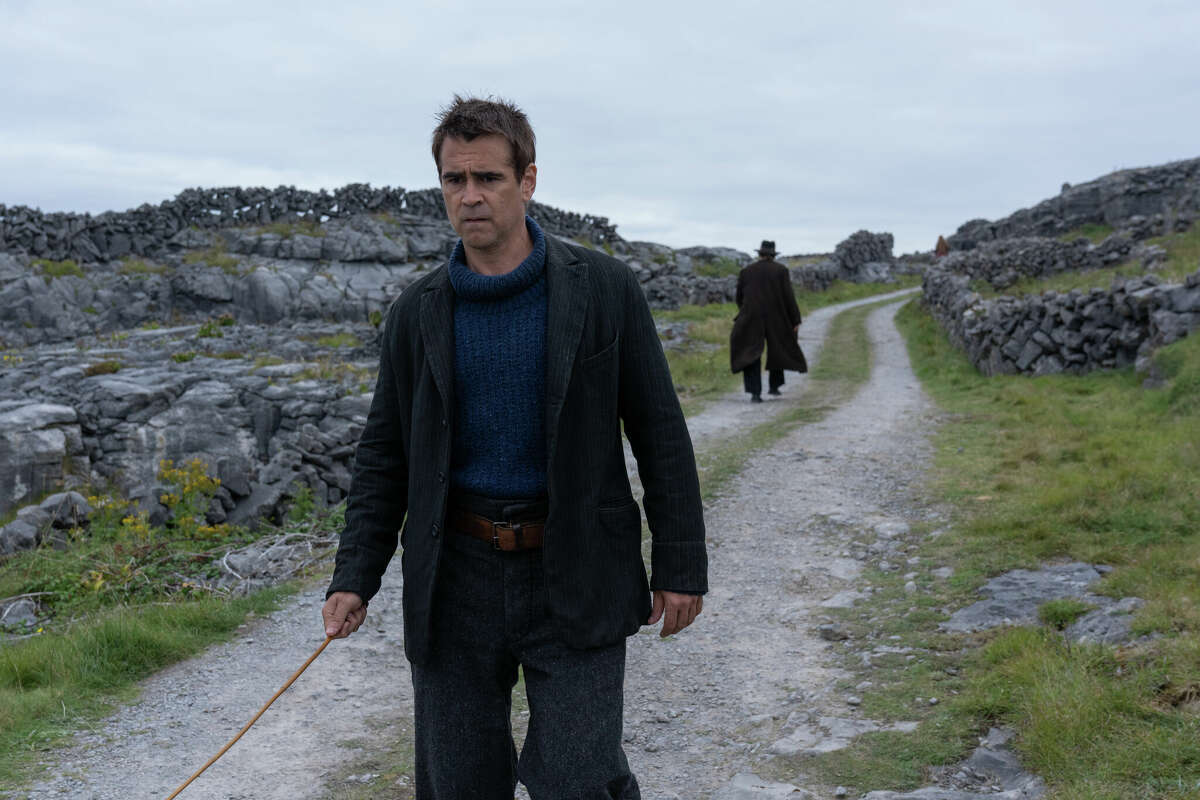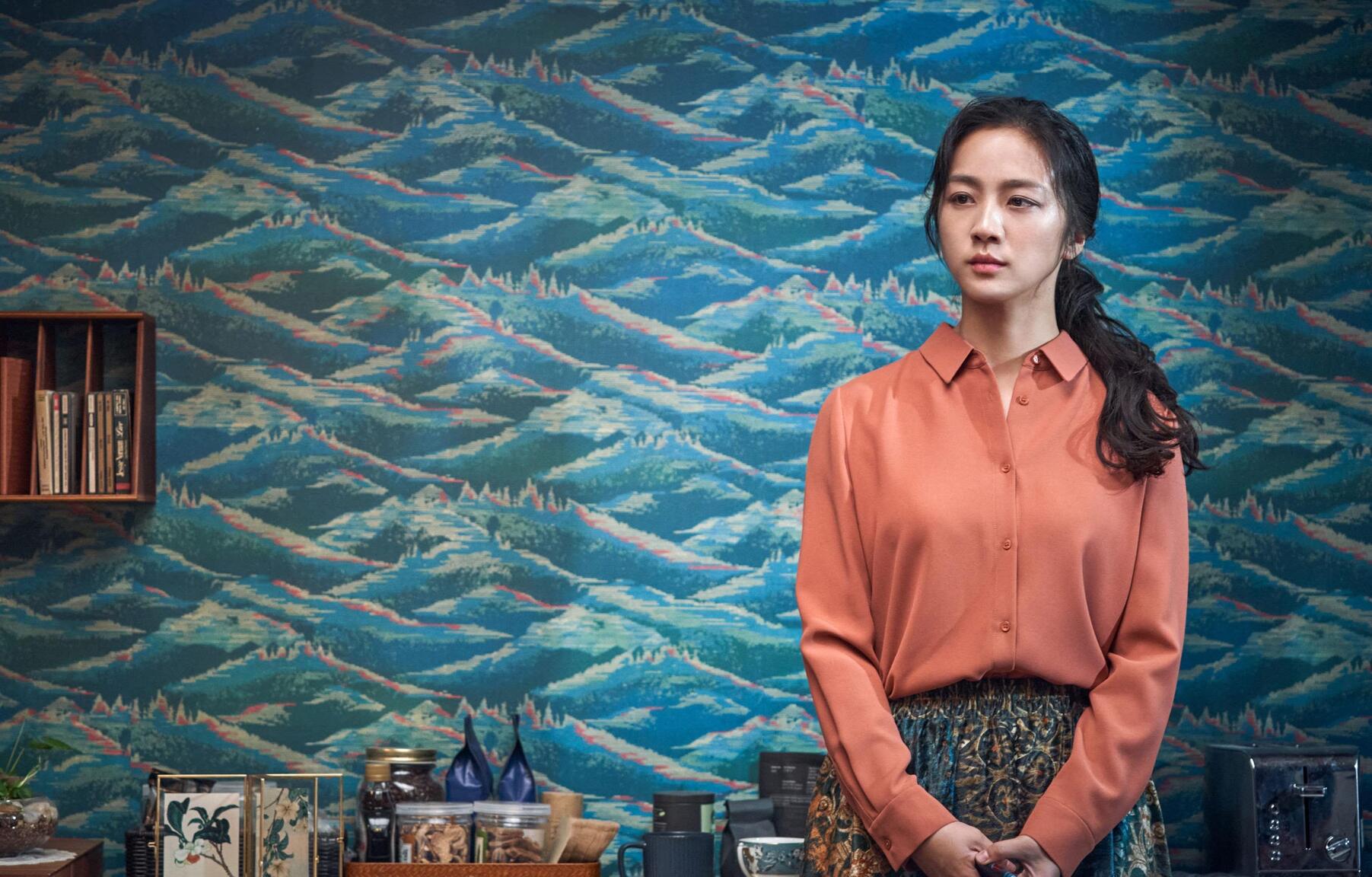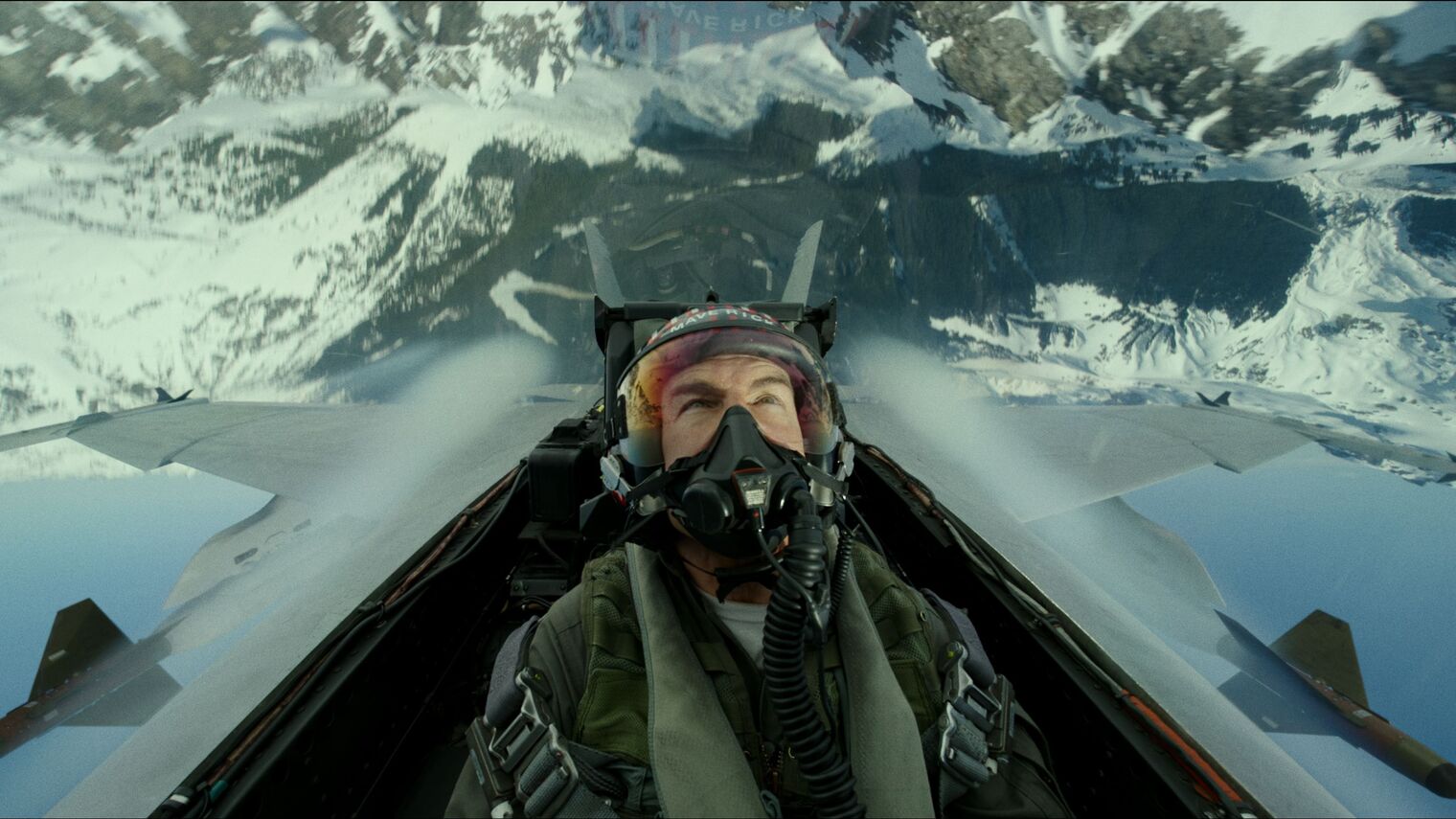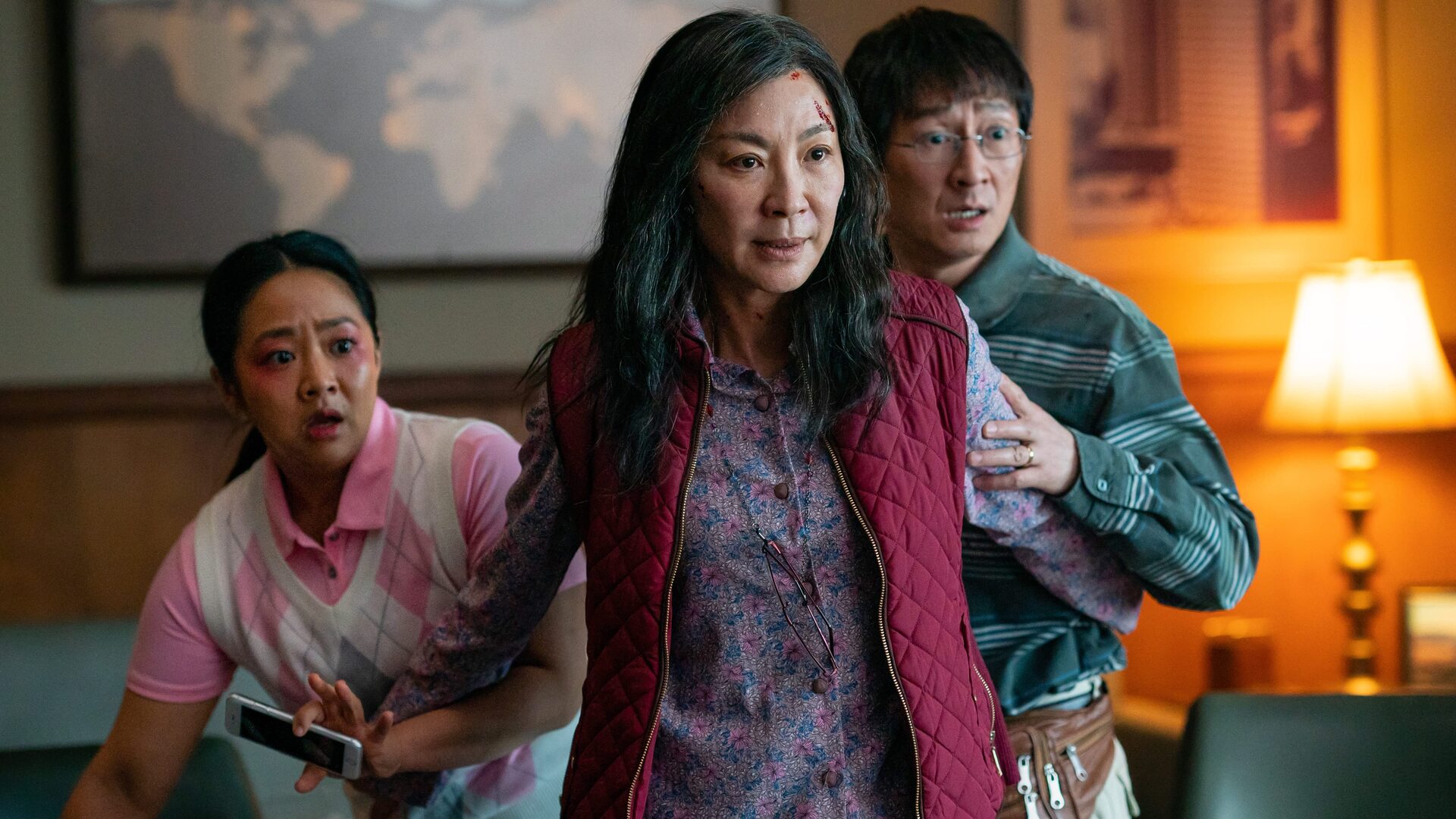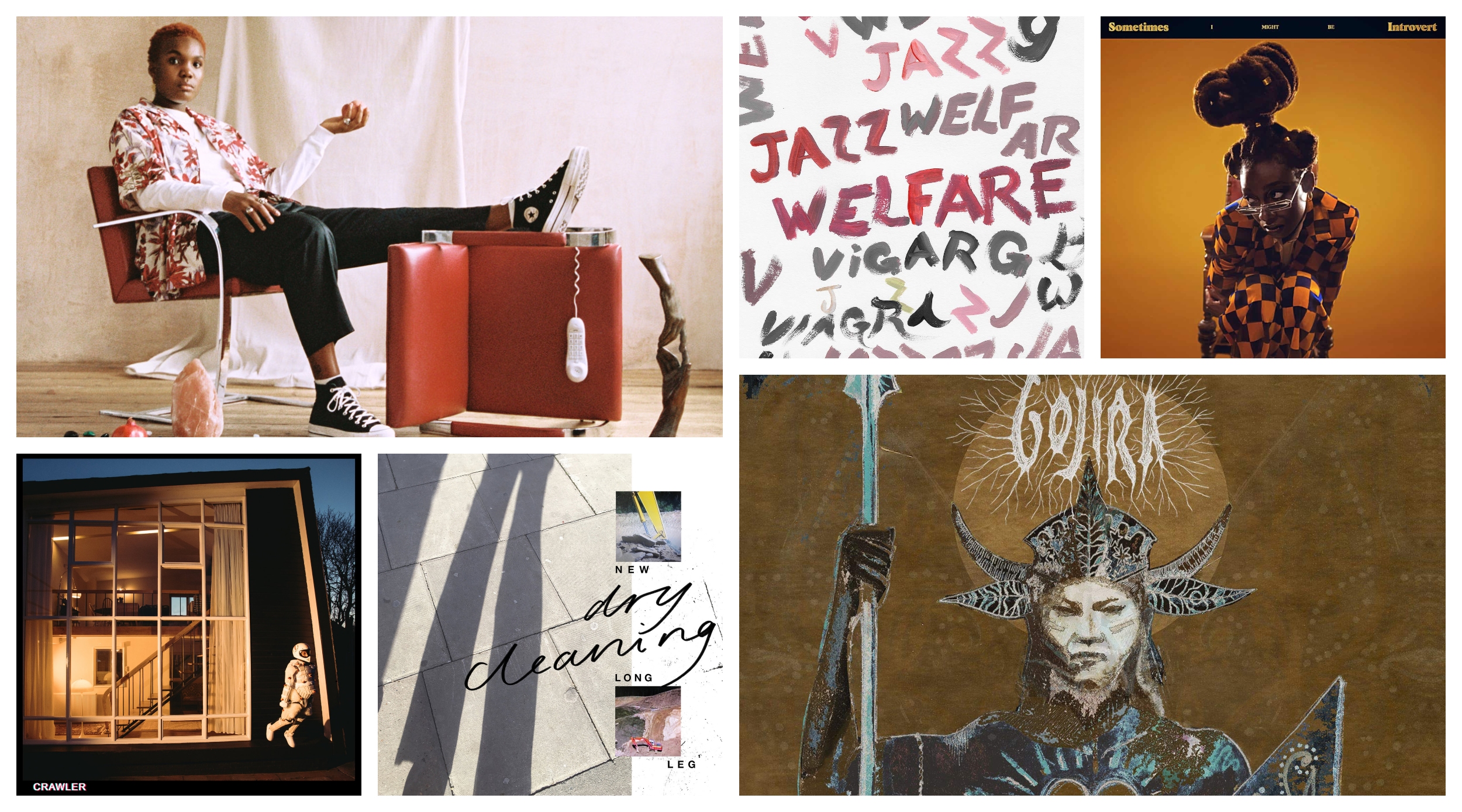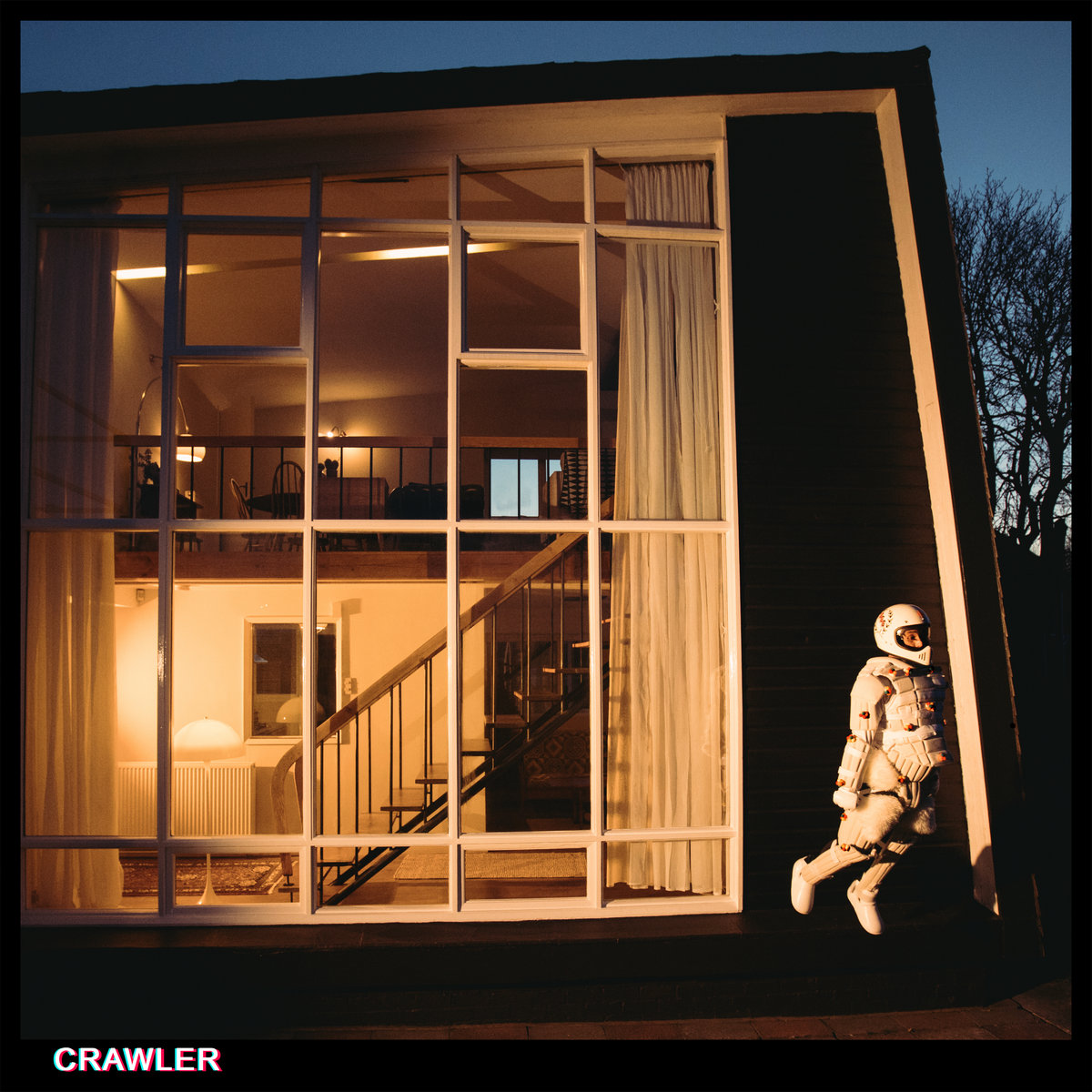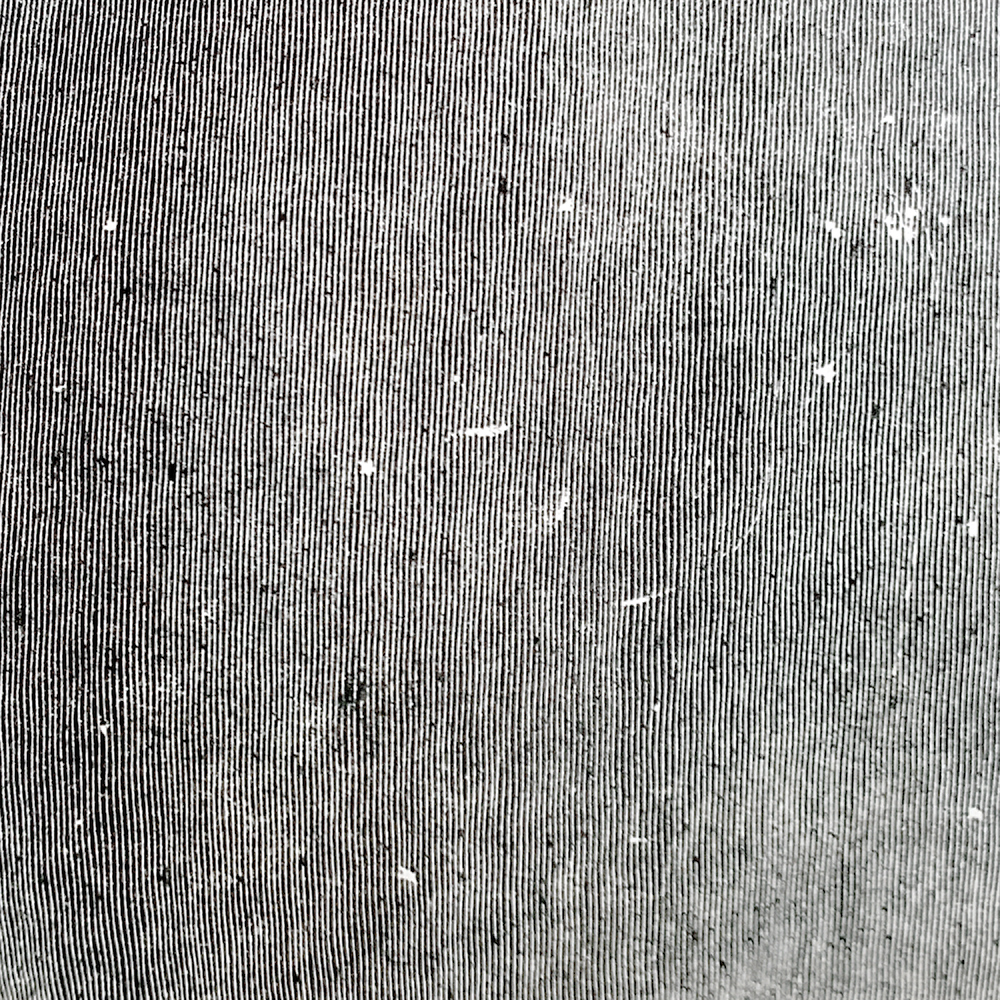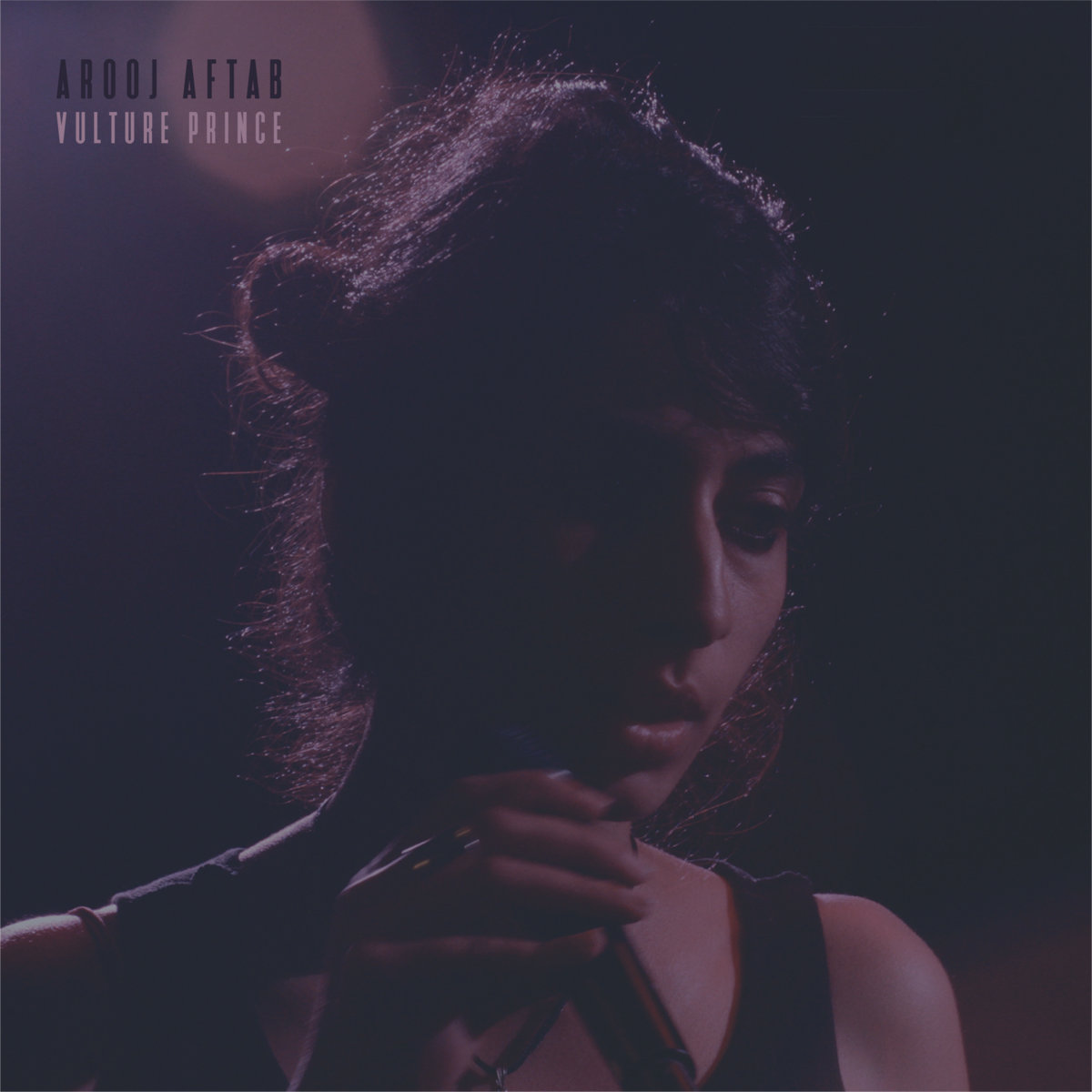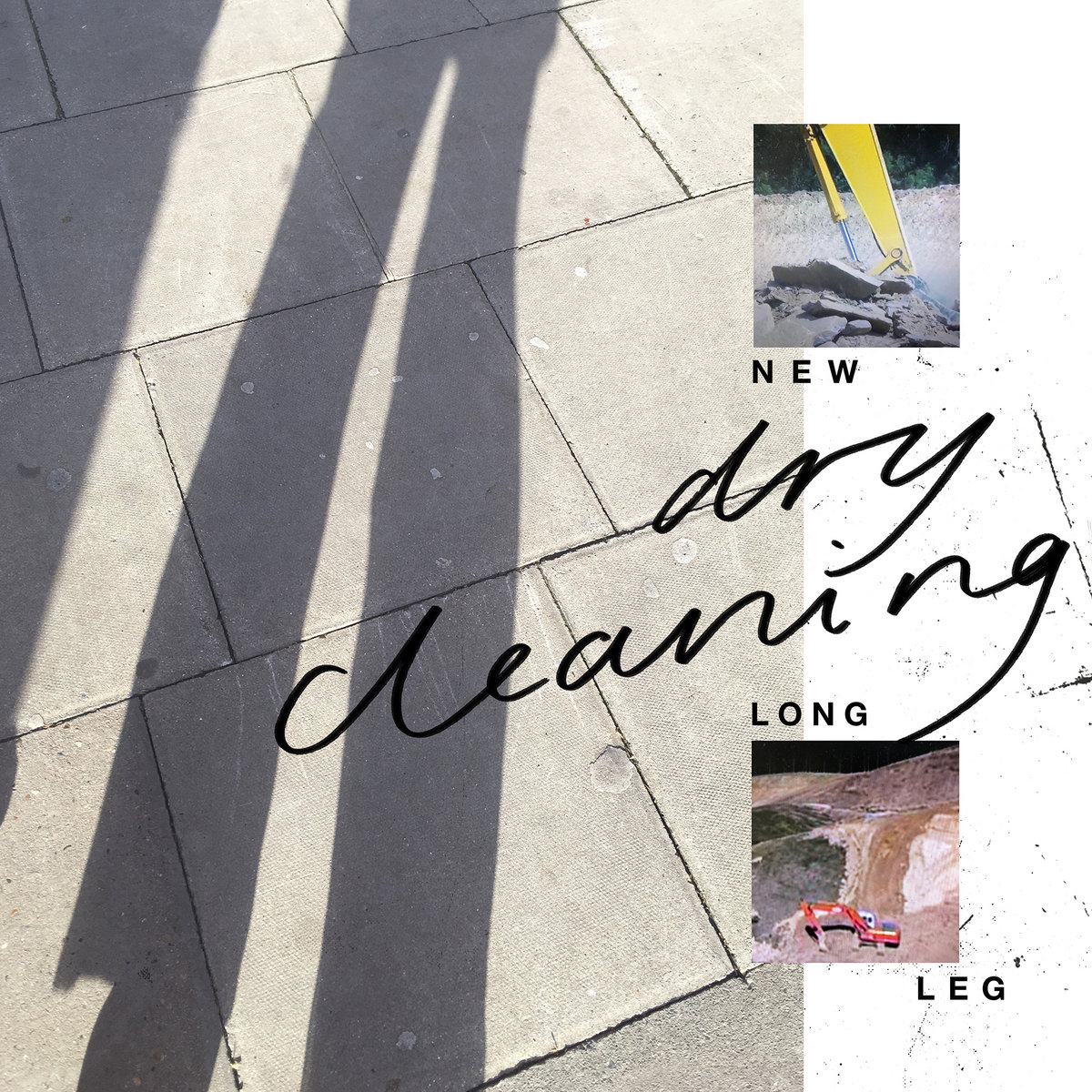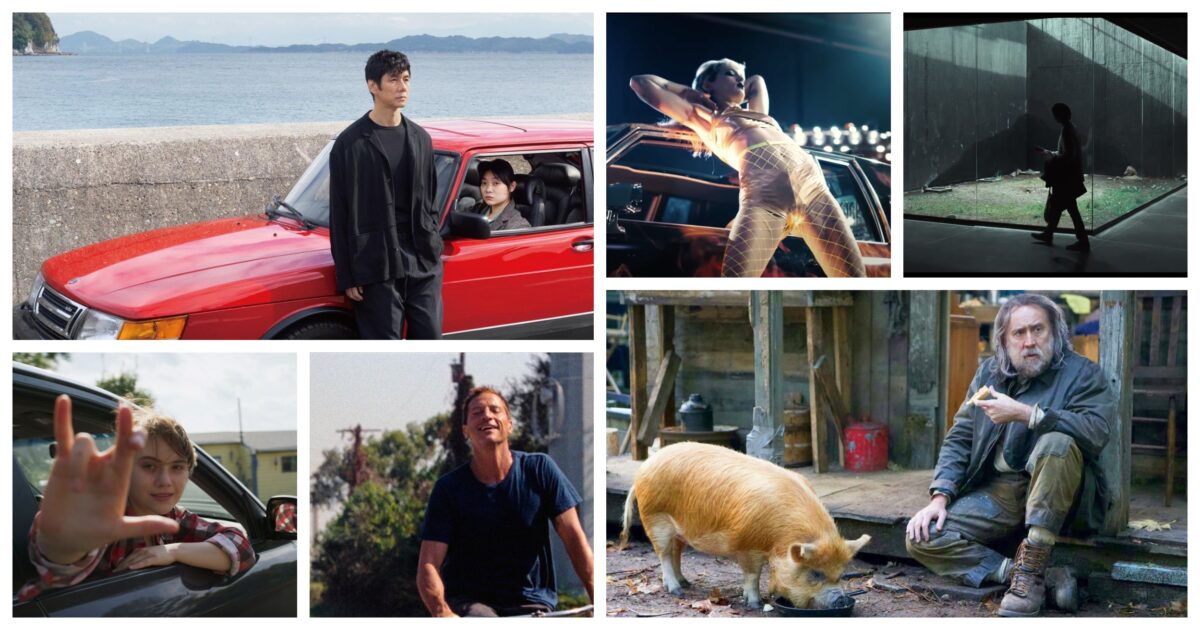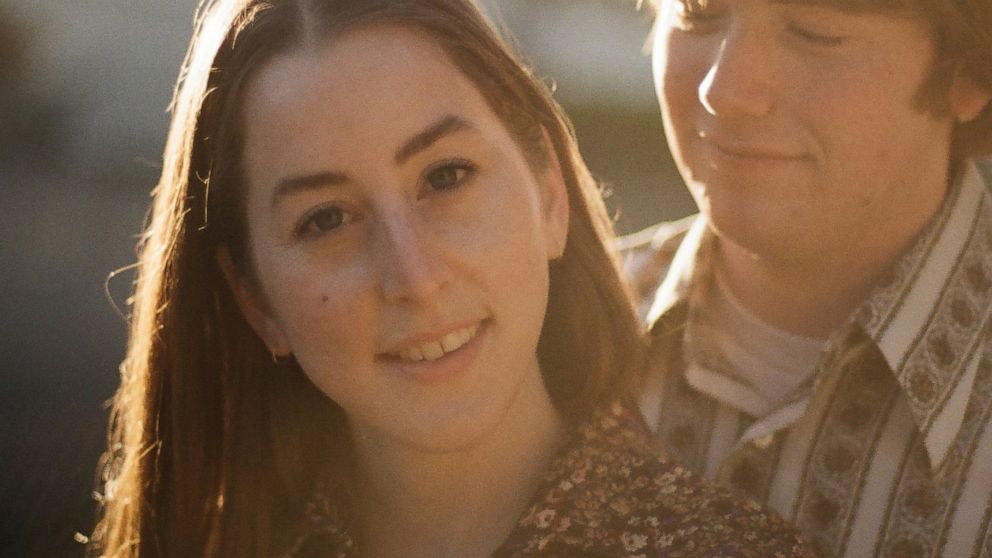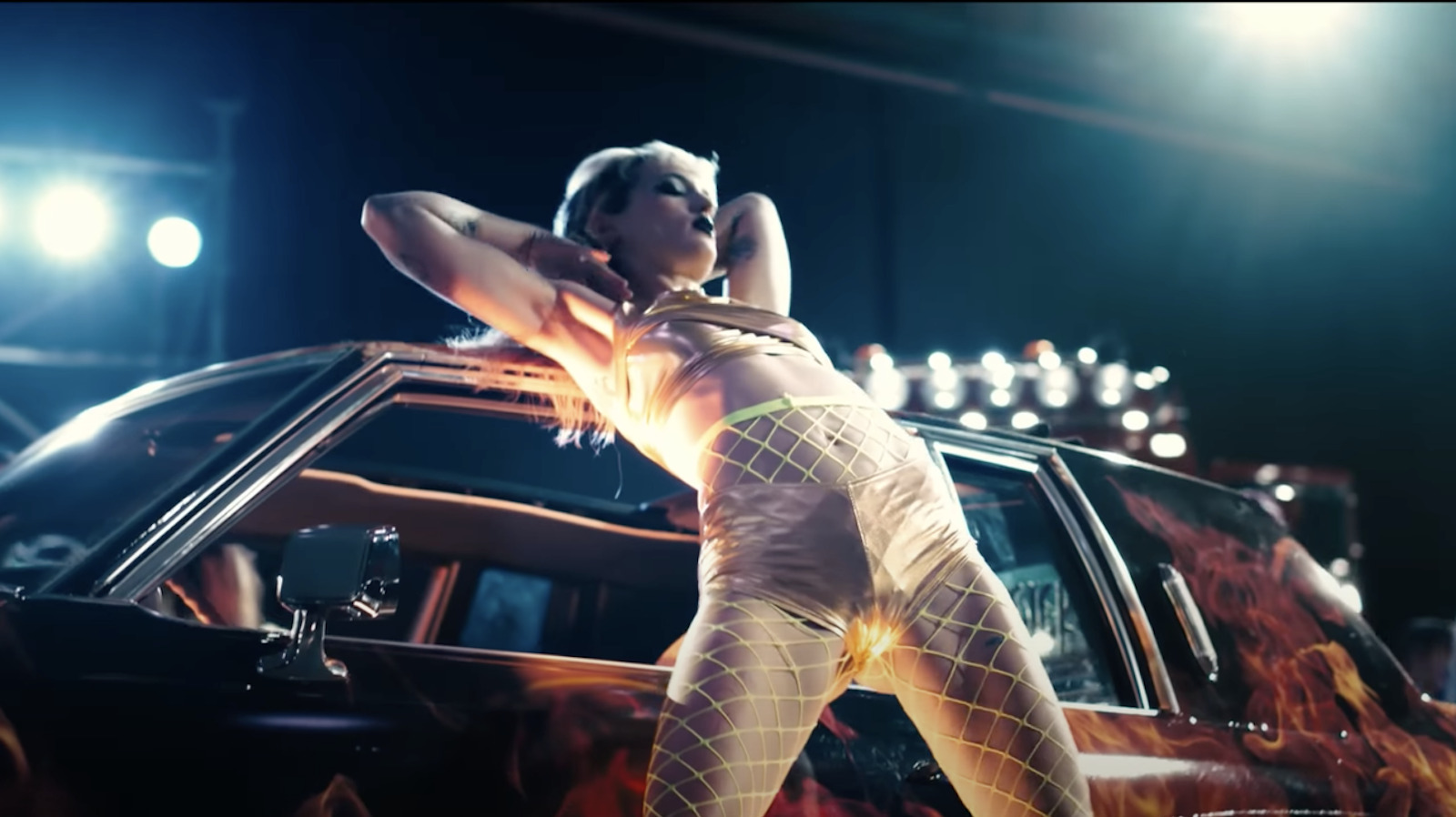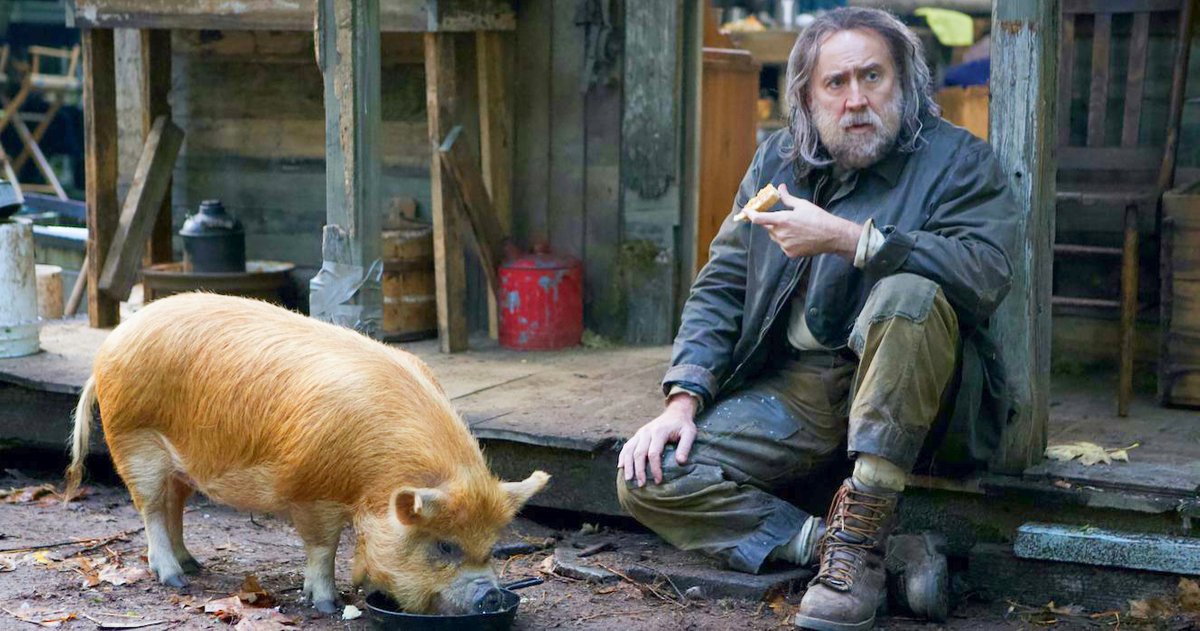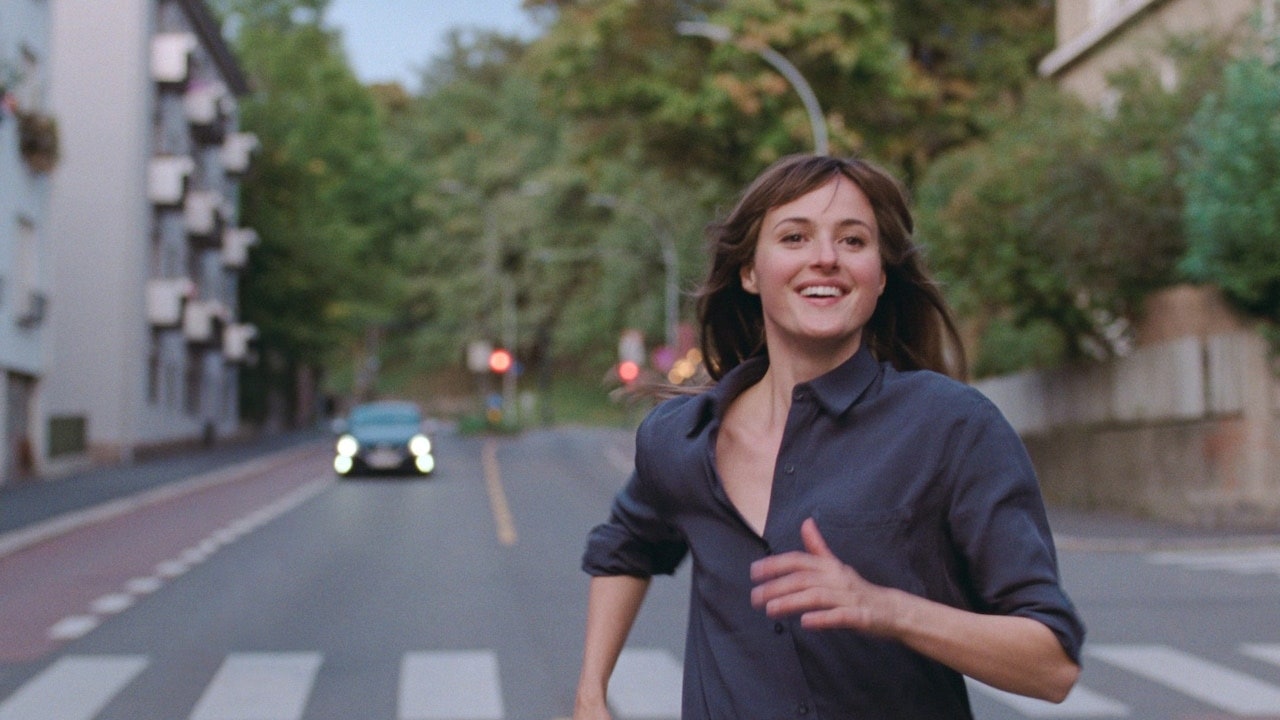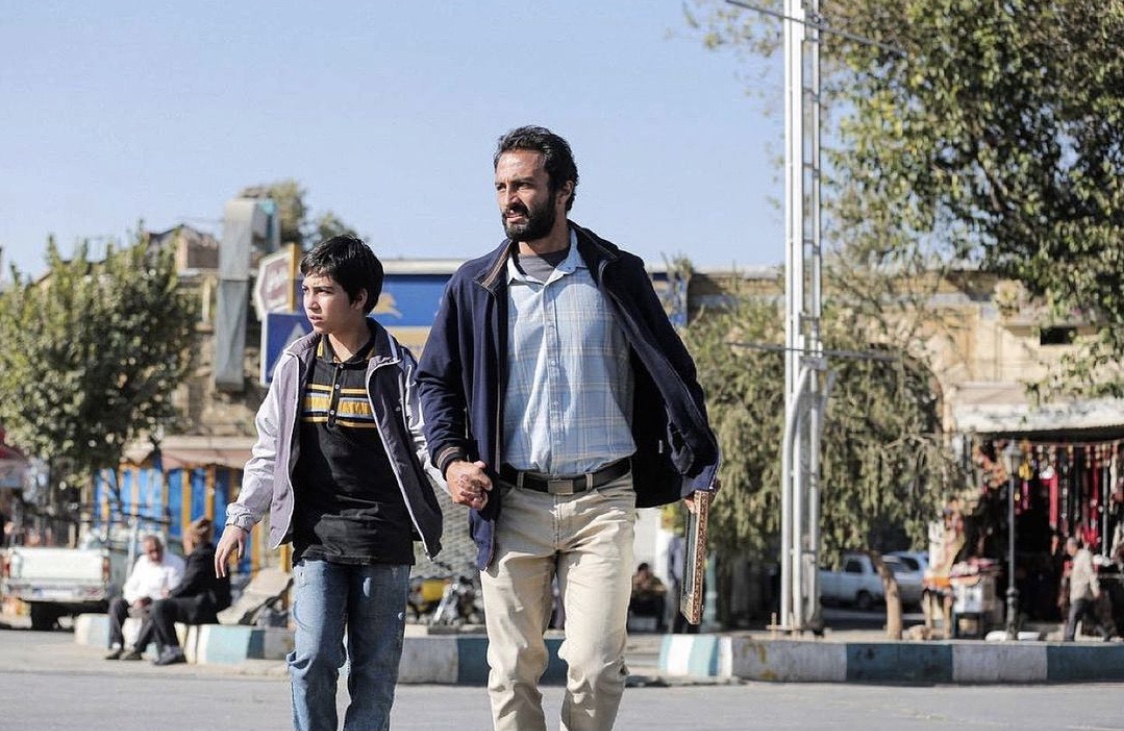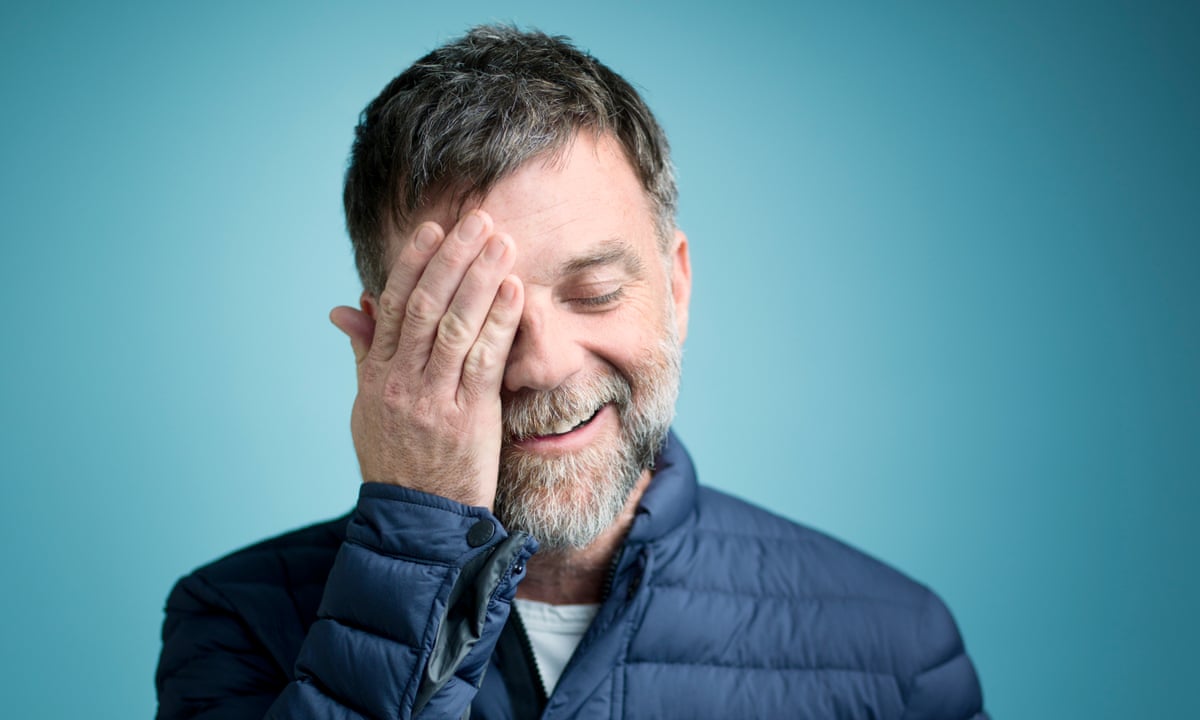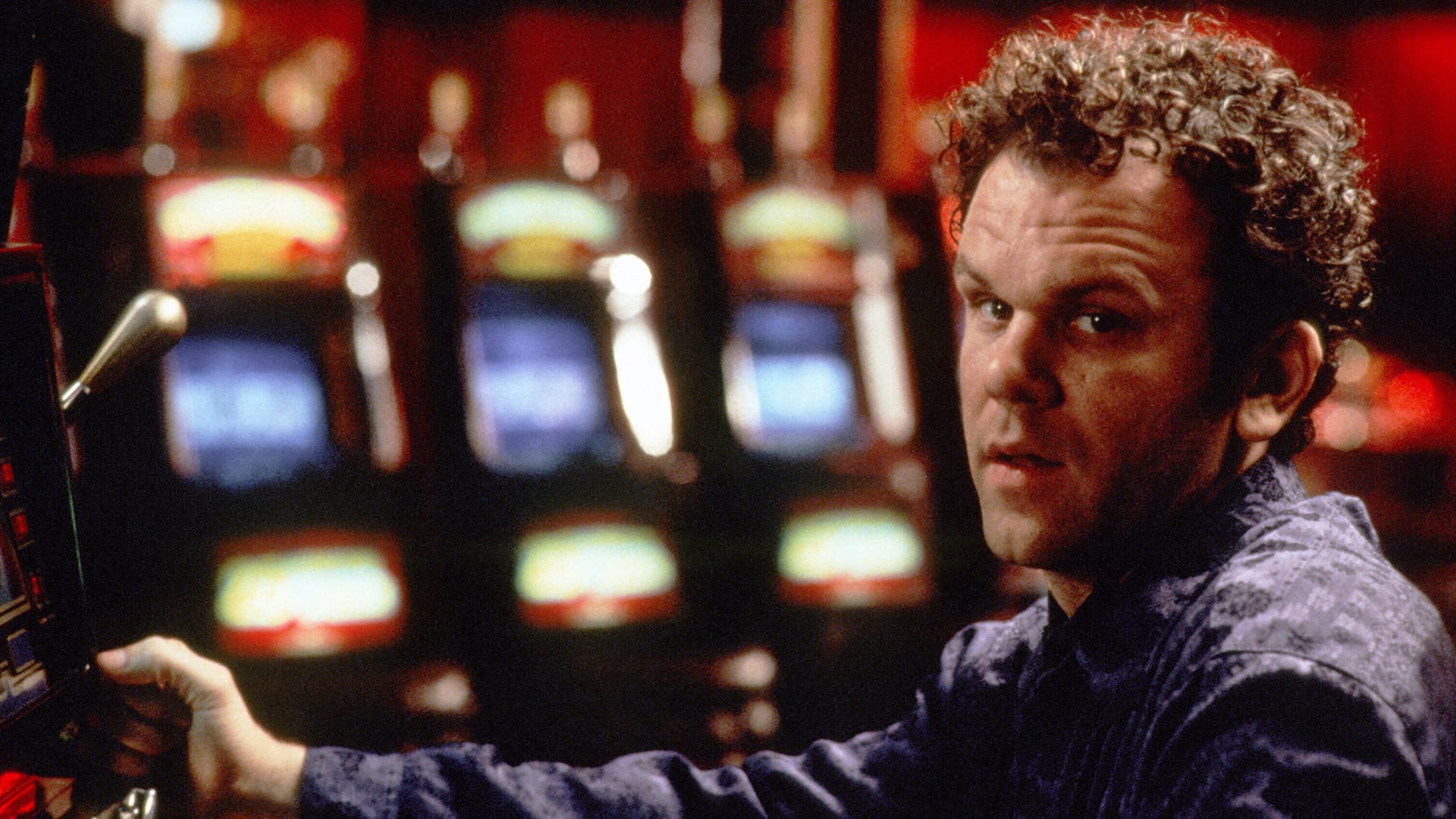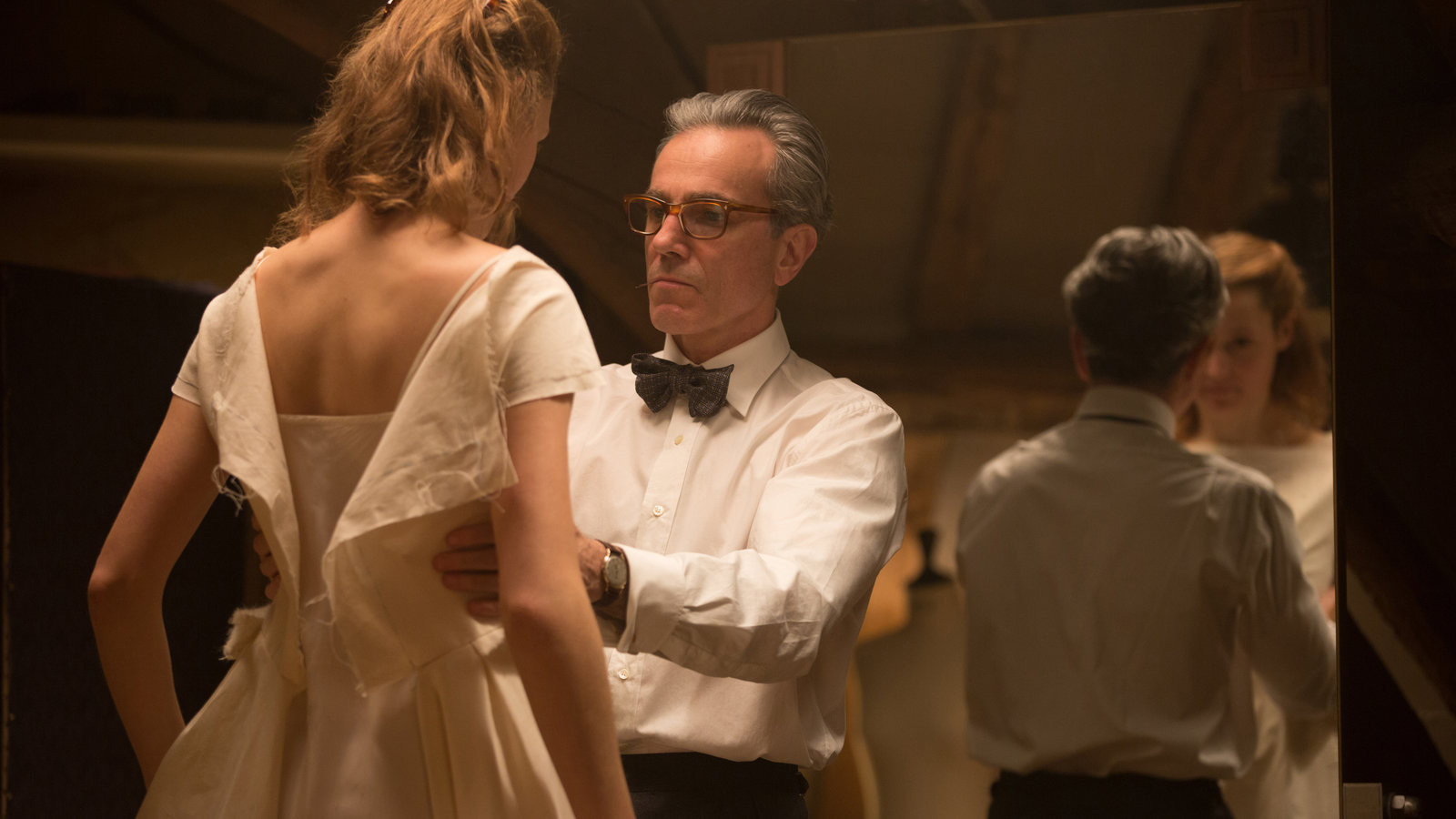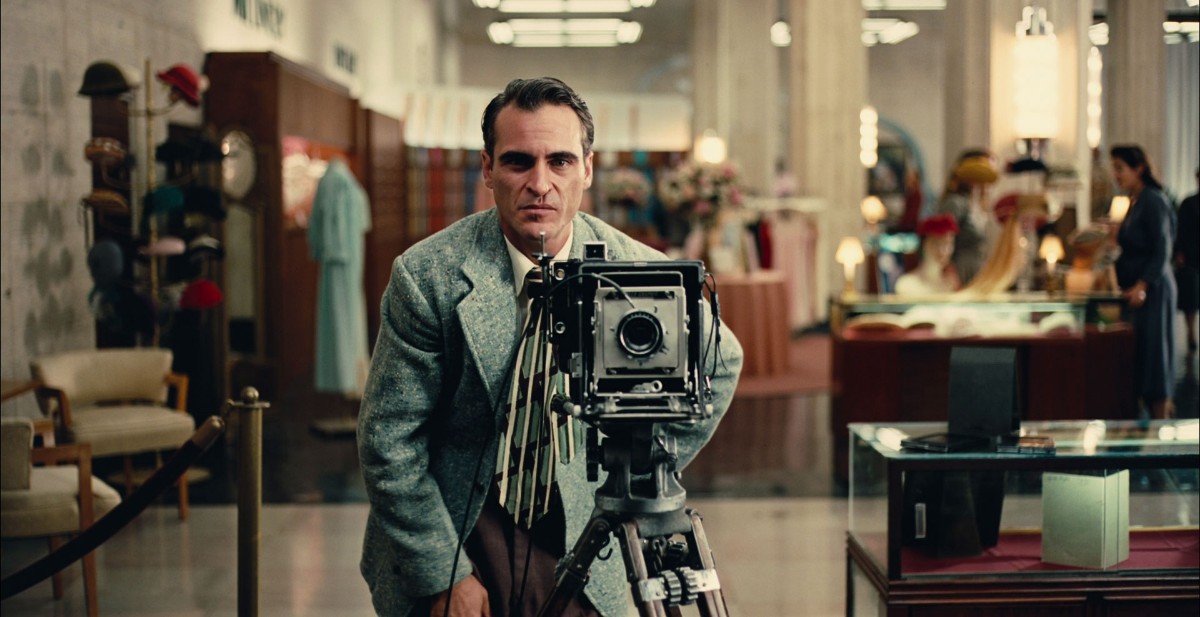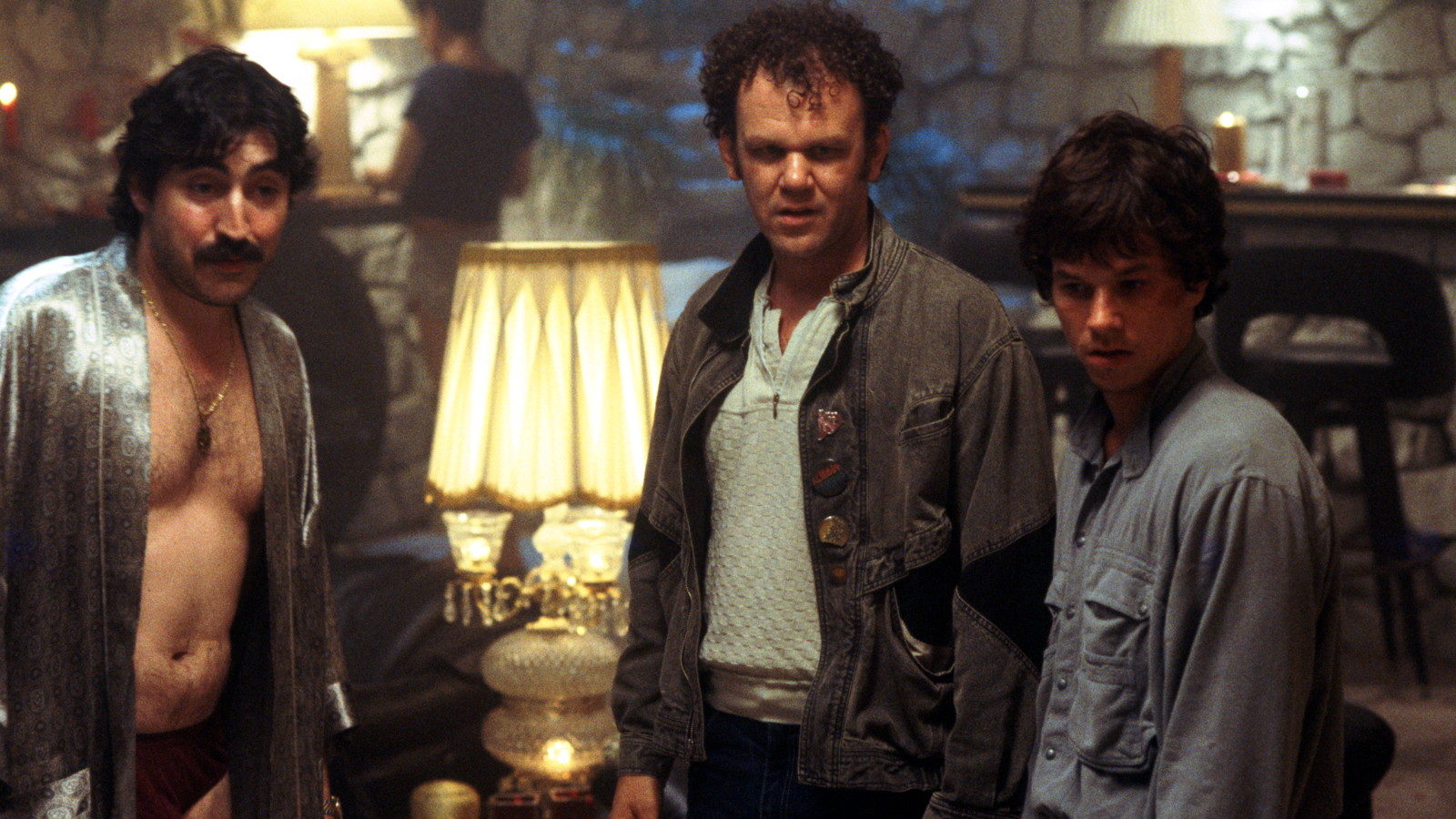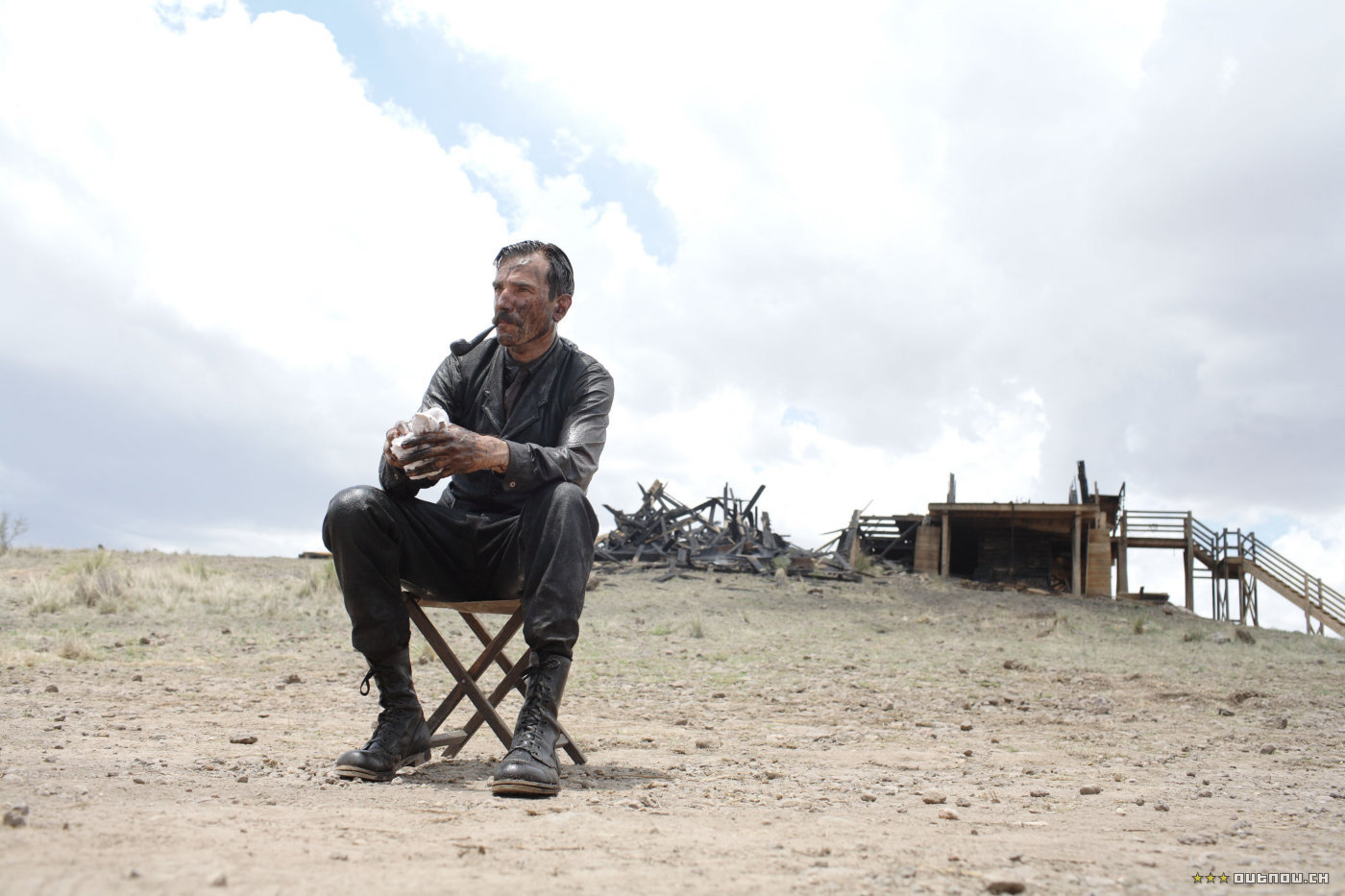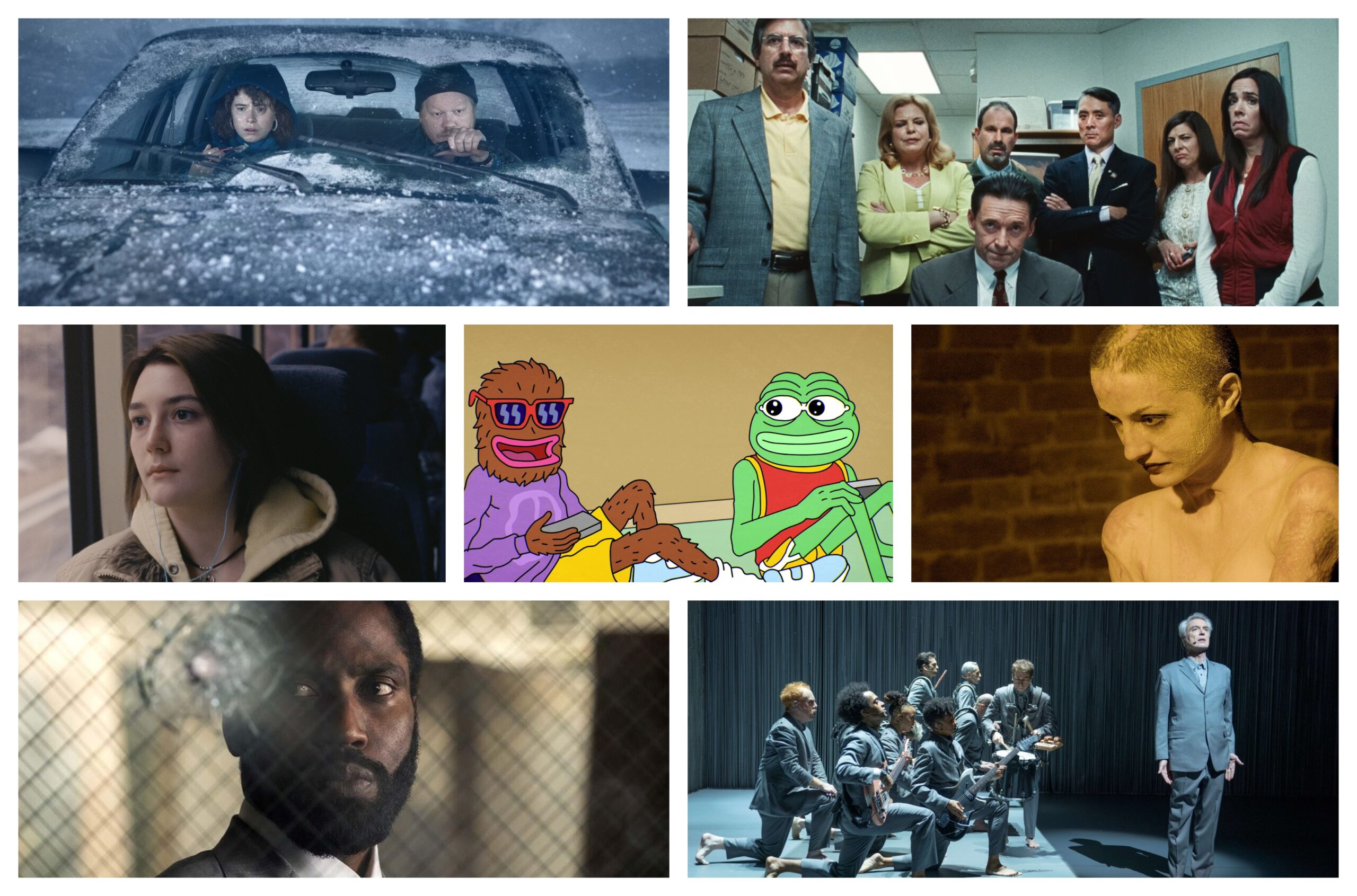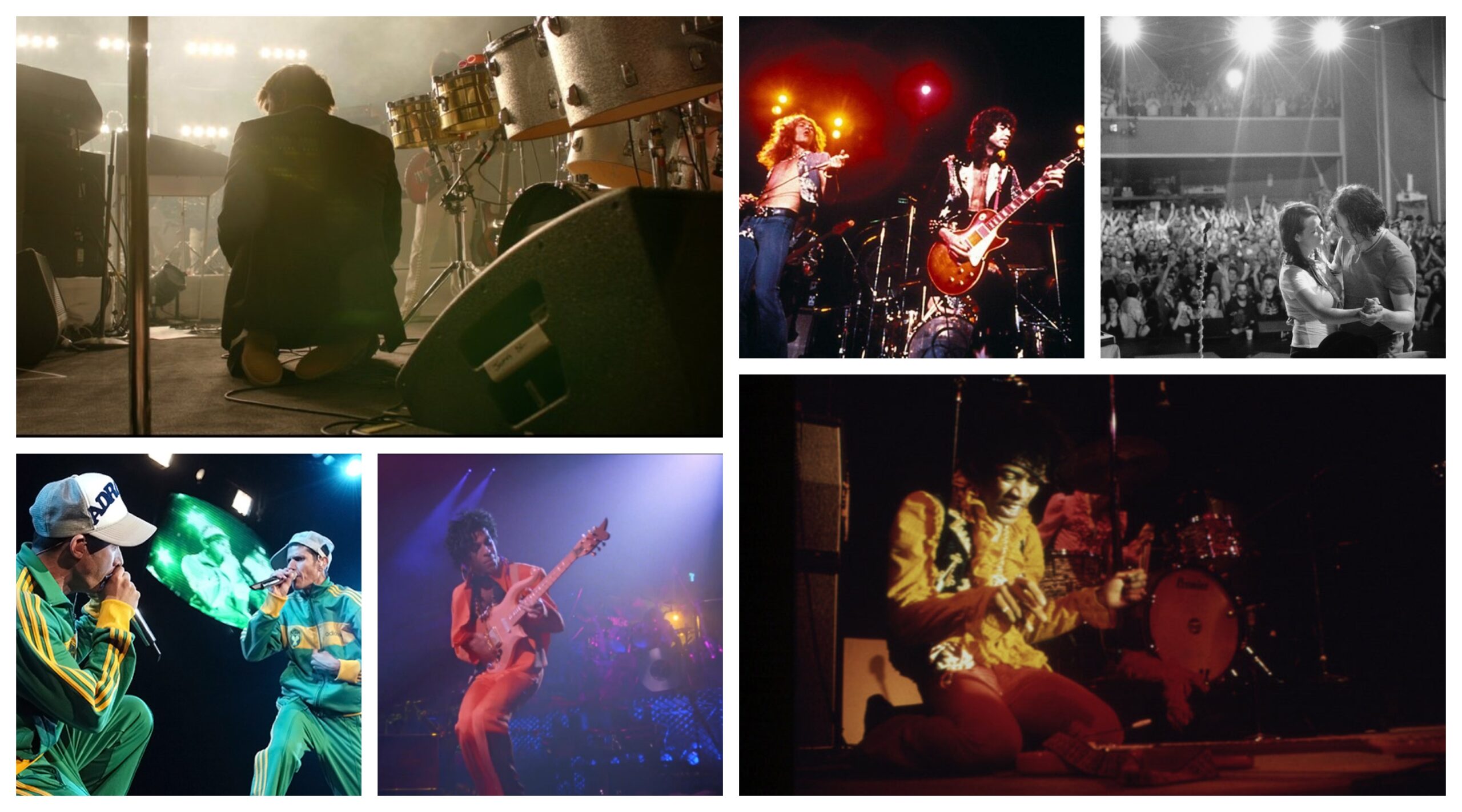Ranking 10 albums to sum up the year in music feels pretty daunting if not impossible. How does one define a year in music with such a brief amount of material? You look at not just the albums themselves, but the lore, atmosphere, and external world they conjured with them. Hundreds of great albums were released this year, all deserving a spot on this list. But these are the ones that didn’t just introduce game-changing music, but created an environment as an extension of themselves. Here are our top 10 albums of 2023:

10. Nakibembe Embaire Group, ‘Nakibembe Embaire Group’
Hailing from Nakibembe, a village in one of the four remaining constitutional monarchies in Uganda, the Nakibembe Embaire Group are one of the last bands to play on an Embaire – essentially a giant marimba made out of tree logs laid across a trench that requires 6-8 people to play it. Made loud enough so it can be heard over the cheers and screams of gathered folk in town squares, the Nakibembe Embaire Group was made for parties in communal gatherings. One could also argue they’re one of the last true traditional traveling jam bands. Originally traveling from village to village, the project has taken them far beyond their homeland to the most unlikely venues where you’d least expect to find them. Performances at Berlin’s Berghain and other international festivals have only heightened their popularity via word of mouth and further spread their psychedelic rhythms across waters. Although not a live album per se, the record gives off a block party feel to it, one that feels like you could stumble upon it in your own neighborhood. And everybody’s invited.

9. Liturgy, ‘93696’
Part Opeth, part Behemoth, part Stockhausen, Liturgy delivered a black metal opera to the tune of entering hell. Progressive in its nature, 93696 borrows from different sonic palettes to the point you completely forget you’re even listening to a metal record. Sure, it’s not metal in the “traditional” way we talk about the genre, but that’s what the genre has always been meant for: it’s an attitude, it’s about the definition one assigns it. The sonically deep soundscape provides the Brooklyn outfit a further outreach, an attempt to grasp onto something traditional metal has rarely been able to do. To redefine a genre is already a difficult task to accomplish, but to totally transcend it? It’s nearly impossible. Thankfully, Liturgy manages to at least eclipse that mission.
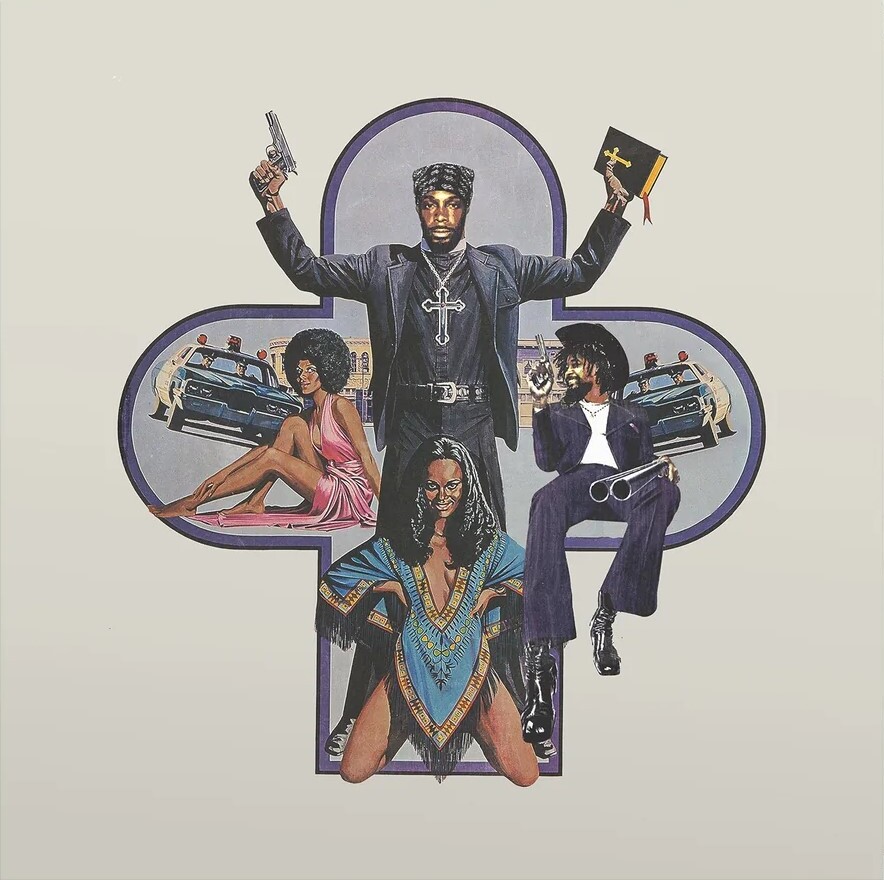
8. JPEGMAFIA and Danny Brown, ‘SCARING THE HOES’
One would think that a JPEGMAFIA-Danny Brown album would be like a glazed donut dipped in an orange 7-11 Big Gulp. And at first, that’s pretty much what it is. But after a moment, you discover it doesn’t actually taste that bad. SCARING THE HOES is exactly that: an onslaught of all treble and little bass that immediately goes from zero to 100 and doesn’t stop. The title speaks for itself: the album is supposed to be cumbersome, supposed to be hard to get through. But instead of an intimidation, the album acts as a dare – it doesn’t so much “scare” the listener away as it does invitingly taunt them. It’s more of a, “Yeah I dare you to try and take us on,” rather than an assault. But once you’re on for the ride,and get the hang of its flow, you’ll find it hard to hop off.

7. Oneohtrix Point Never, ‘Again’
Returning to the sounds of his early works like Replica and Returnal, Oneohtrix Point Never has not only revisited his early studio roots but incorporated such lush symphonic sequences to provide stark contrast. Leave this one on loop and you’ll forget you’re listening to an OPN record, and more so something from Wagner or Mahler. But is it MIDI? Is it subtractive synthesis? Or are they actual strings? What makes OPN’s music so great is that he’s one of the last “blurring of the line” artists: we can’t tell what was made in a bedroom studio and what was made on a scoring stage. But in the end, does it matter? OPN has proven that these resources have become obsolete. Anybody can record anything anywhere in the world now. We all have the same tools. Another world’s orchestration is just within our reach, and Again is a perfection summation that, just like singular instruments, genres themselves have become musical tools as well.
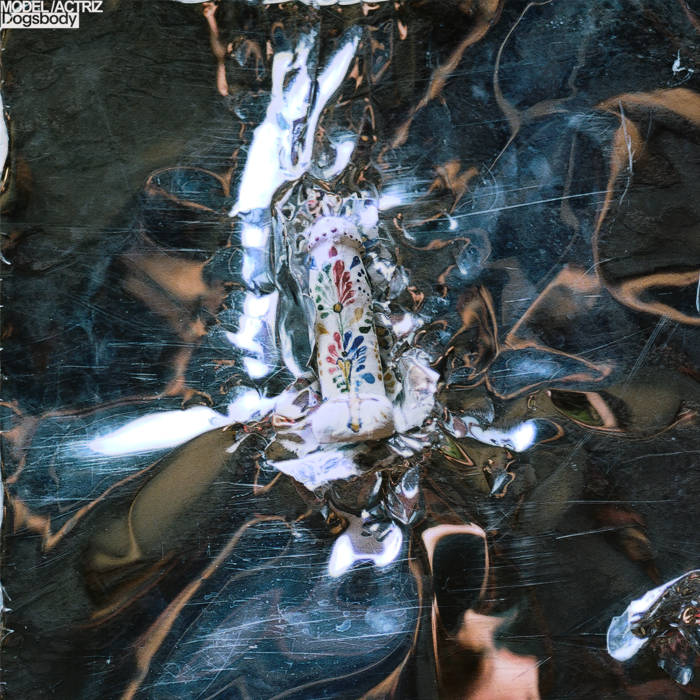
6. Model/Actriz, ‘Dogsbody’
Every year, there has to be at least one post-punk album that breaks into this list. And from a year that gave us plenty to choose from, none were as infectious and idiosyncratic as Model/Actriz’s debut album, Dogsbody. Brooding drum machines serve as a cold reminder that they can bring just as much attitude as any string instrument, and basses can serve just as much as a lead as any treble line. With low end clean electronic guitars that feel like the cold empty pit in your stomach a la Interpol, it’s punk rightly turned inside out – a deconstruction of the attitude we’ve become so aptly familiar with. And yet, it still moves, it still rallies against some sort of ideals. Gone are the simple guitar, bass, drum lineups, and in are the scathing soundscapes used as instruments themselves. I do not know who this album was made for. I do not know where the center or heart of it is. I do not know why its esoteric-ness precedes it. But that’s precisely why everyone should listen to it.

5. PJ Harvey, ‘I Inside the Old Year Dying’
Perhaps our earliest choice for one of the top 10 albums of 2023, I Inside the Old Year Dying returned PJ Harvey to her solace roots. It’s tender, self-effacing approach to songs about redemption and closure are reflected in the album’s choice of instrumentation: folk strings modulated by effects and non-distracting percussion. She herself even mutes her vocals at times on the record, adding to an already restrained approach to what seems like an attempt at growing comfortable with an older version of herself. These songs do, at their heart, sound like aged Irish folk tunes, long before Shane McGowan added his punk edge, and echoing most eerily Sinead O’Connor. Sounds of nature break through as if the record tries to scale back its human carbon footprint. And then when the human does try to leave their mark, she sings of earnestness, isolation, but no song is too long or too short. On perhaps her most sensitive album to date, PJ Harvey refuses to be the center of this record. Rather, she lets the sounds around her naturally breath and support her.

4. Sufjan Stevens, ‘Javelin’
Needless to say, it would be hard to name someone in music who’s had a tougher year than Sufjan Stevens. Along with going through physical rehabilitation relearning how to walk after a bout with Guillain-Barré syndrome, Javelin almost sounds precisely like that: a reintroduction to his music. His return to “full singer/songwriter mode” since 2015’s Carrie and Lowell, Javelin sounds like getting a giant eraser and starting over again. Containing pockets within pockets, each song is layered with instrumental and literary dimensions as seamless electronics blend in with acoustics. One can’t help but feel that he couldn’t have written these songs if he hadn’t experienced them himself, a testament to his 20+ year career as one of the greatest singer/songwriters on the planet. And at some points in this record, it feels like his entire career has been building up to this album. Aware that he has bigger fish to fry before returning to the stage, one can’t help but wonder the live outlet he’ll choose to exhibit this work.

3. Young Fathers, ‘Heavy Heavy’
Borrowing from what sounds like early Animal Collective and African tribal music, Scotland’s Young Fathers took a left turn this year with Heavy Heavy, their sixth studio album. Veering from electronic trip-hop structures to avant garde jams, Young Fathers ventured into a different instrumental palette. They’re songs that could be produced with little more than a synth and drums. And if they were just slightly more conventional, you might even hear them on the radio. And yet, they are, at their heart, pop songs: sporadic instrumental sequences give way to soaring harmonized vocals, and loped percussion serves as a vessel to carry melodies. One might take a moment to find exactly where these songs are coming form, but with repeated listens, their influences and inspirations become apparent.
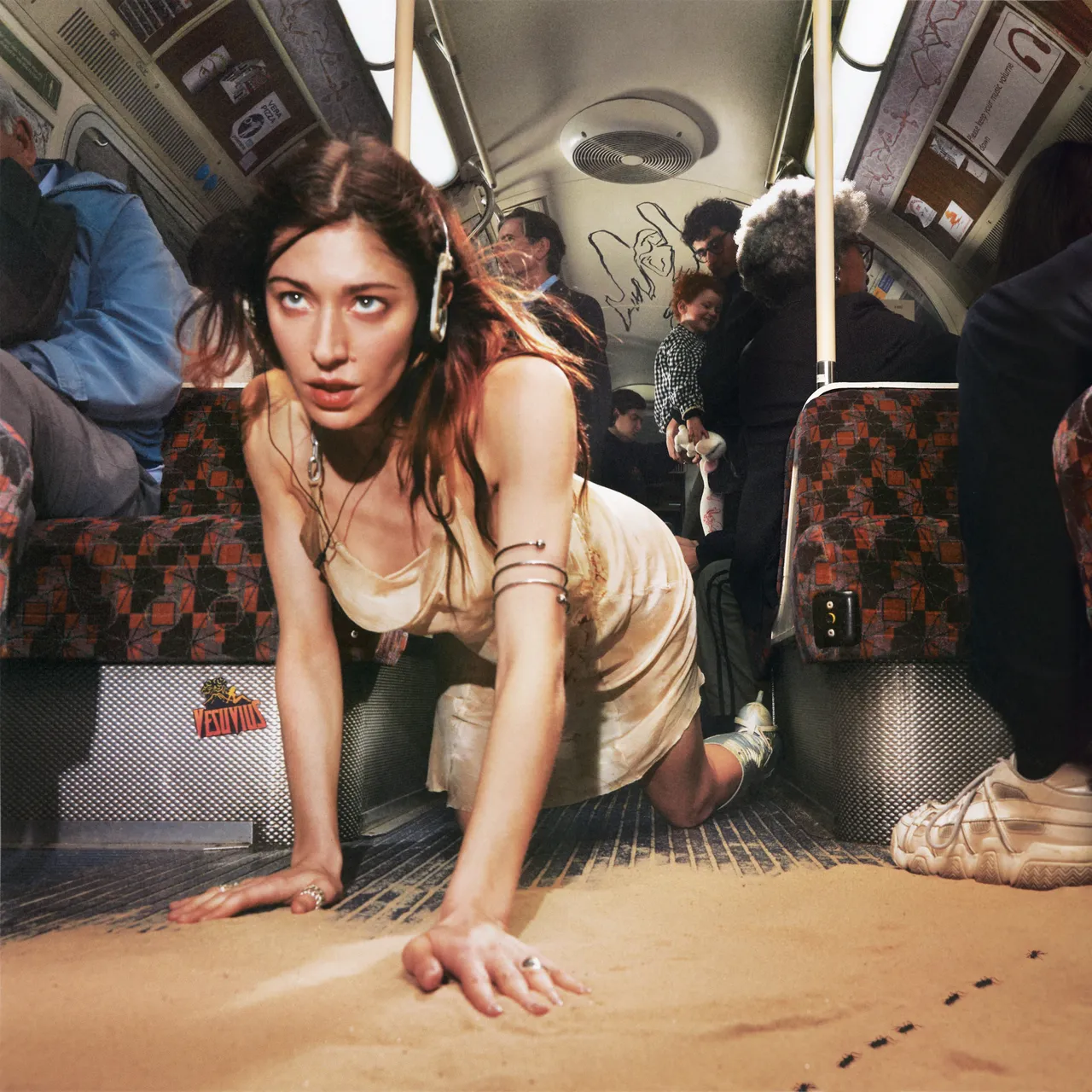
2. Caroline Polachek, ‘Desire, I Want to Turn Into You’
Arguably the best pop album this year, Desire I want Turn Into You finally brings to fruition Polachek’s best work to date and finds the two singles she’s been teasing for the past two years a proper home. Filled with drum n’ bass break beats (a common theme among pop music this year) and soaring melodies that just take off with wings of their own, no pop album this year has ever felt so seamlessly “pop.” Every element feels like it’s in its proper place no matter how eccentric (bag pipes and mandolins included). Perhaps there aren’t many pop artists nowadays that actively challenge what pop music can mean. Yes, it may be short for “popular,” but that doesn’t mean it has to always pander to the greatest common denominator. Because even if this album did, we wouldn’t love it as much. And we’ll always have Caroline Polachek to thank for that.

1. Boygenius, ‘The Record’
This writer would be hard pressed to find a better musical combination this year than Julian Baker’s vocals, Lucy Dacus’s lyrics, and Phoebe Bridgers’s, well, Phoebe Bridgers-ness. And after finally releasing their debut album after what seemed like five long years since their formation, Boygenius fully reached their true potential and took the world by storm with The Record.
Never have three singular identities come together as a “side project” and felt like a naturally, sporadically formed garage-rock band. But that’s exactly what this feels like; it feels as if they’ve been playing together their entire lives, a harmonization of vocals and musicianship that easily compares to the Bee Gees, a reminder of when music used to be a songwriter’s medium rather than a producer’s. With lyrics so vivid that they get etched into your brain (“Spray paint my initials on an ATM”), their melodies sink so deep they beg for repeat listens, accompanying you on whatever youthful journeys that make, and encourage, you to feel young again. A brisk 42 minutes eventually turn into a longtime partner – an aid, a mirror, to provide you for self-reflection, song after song.

